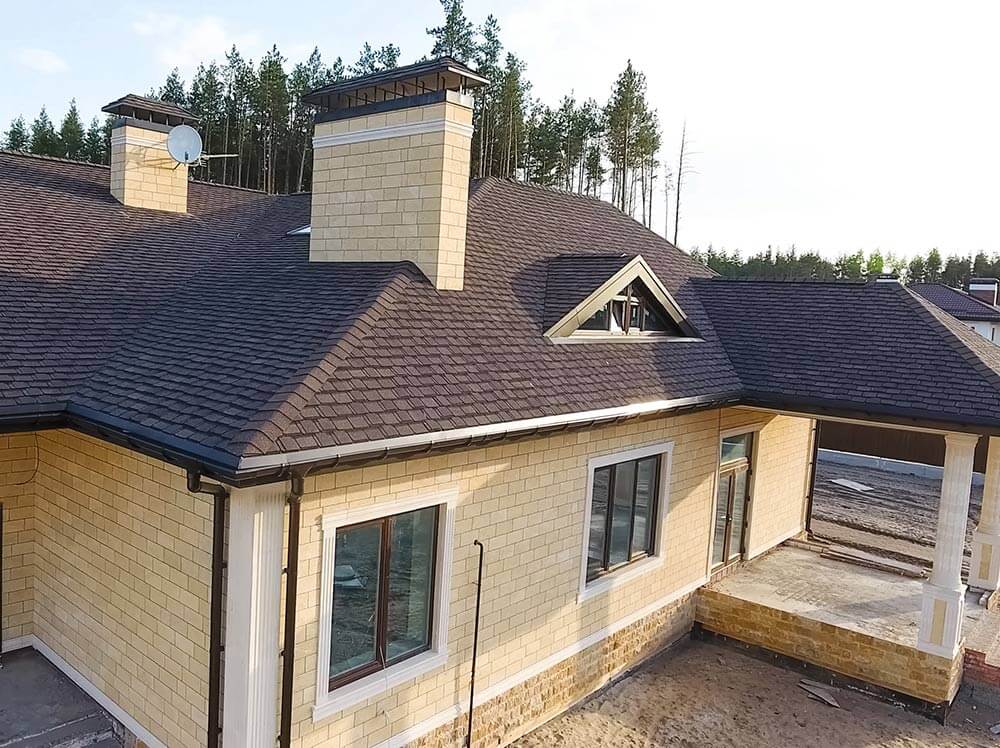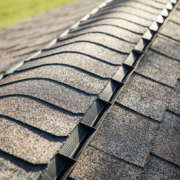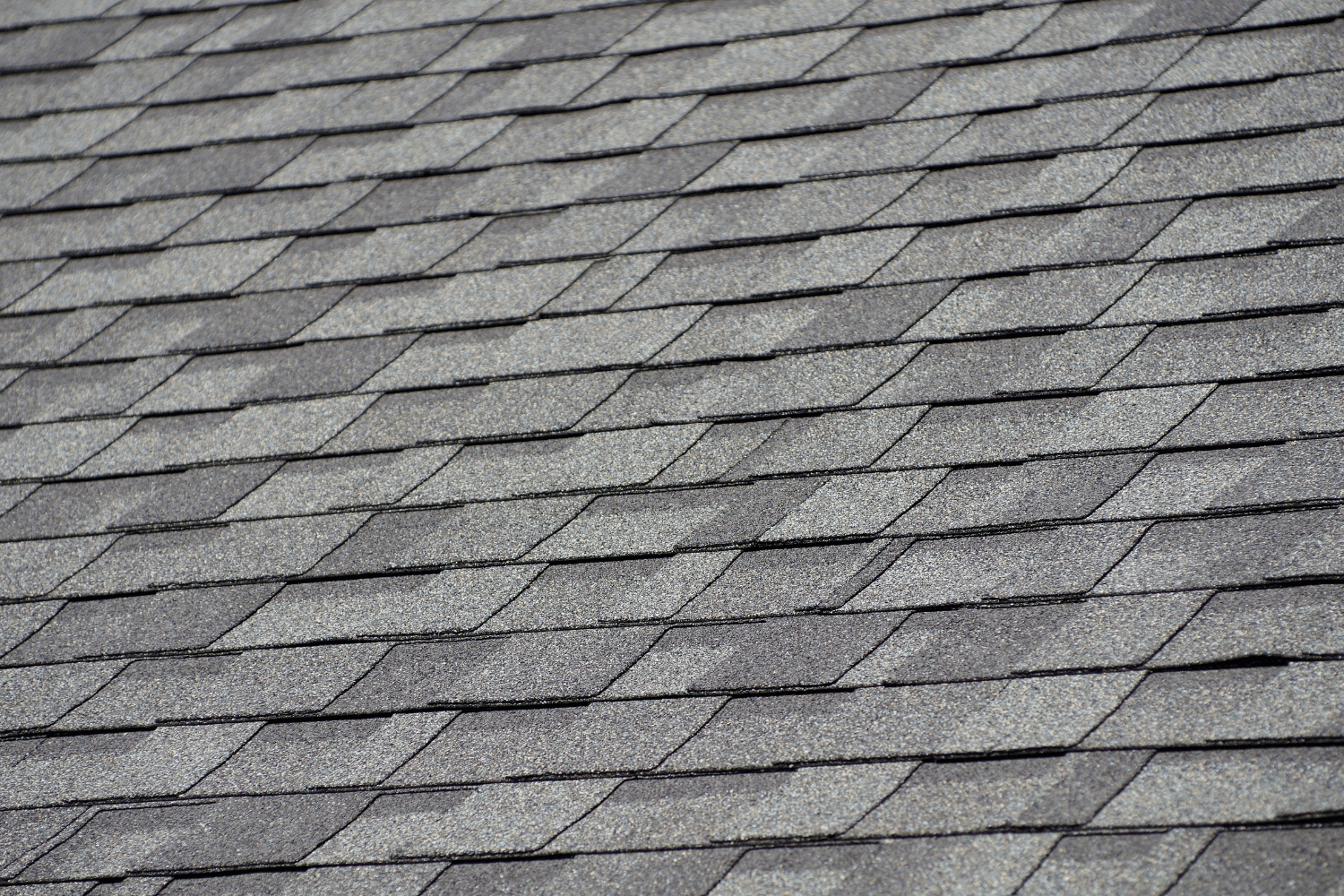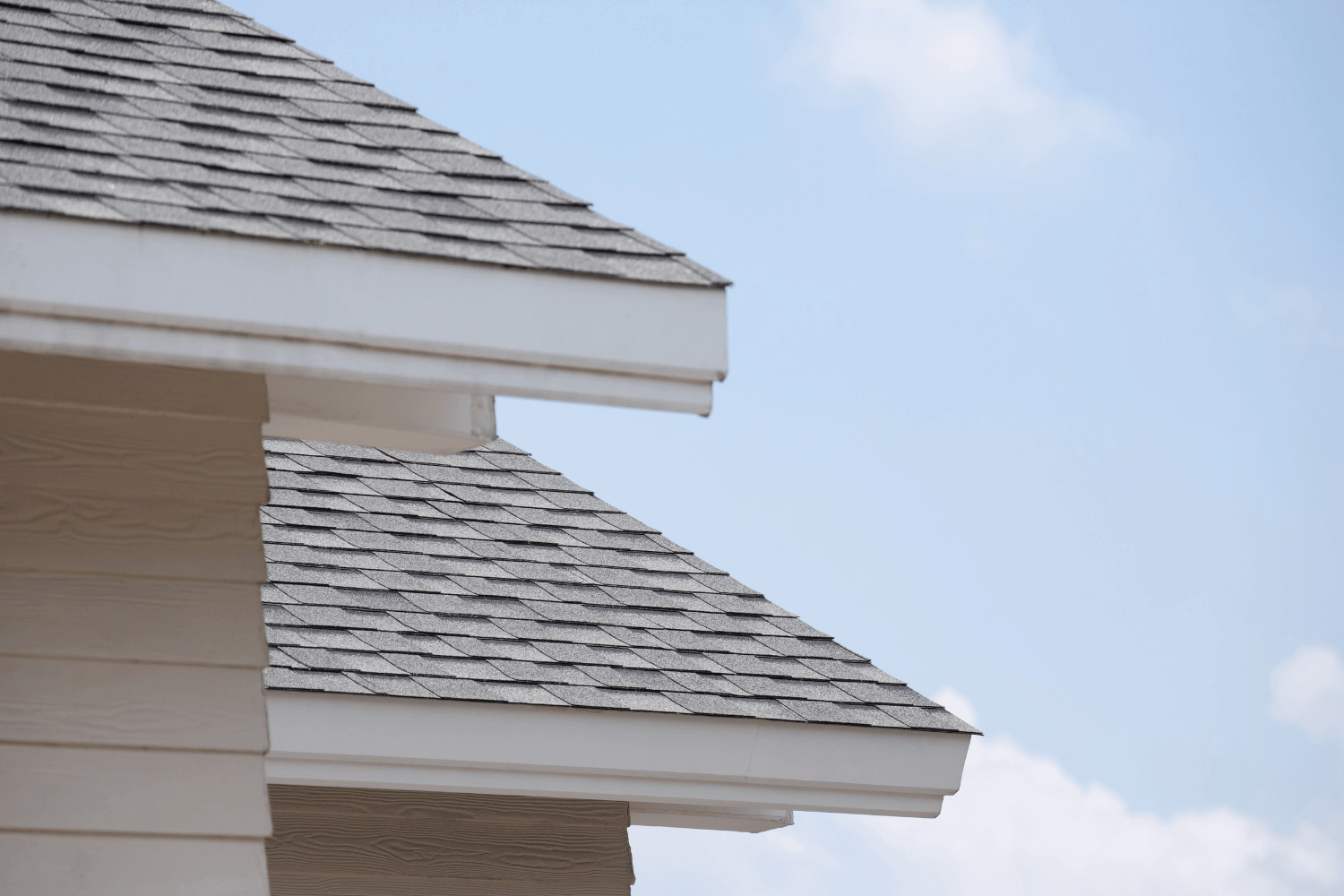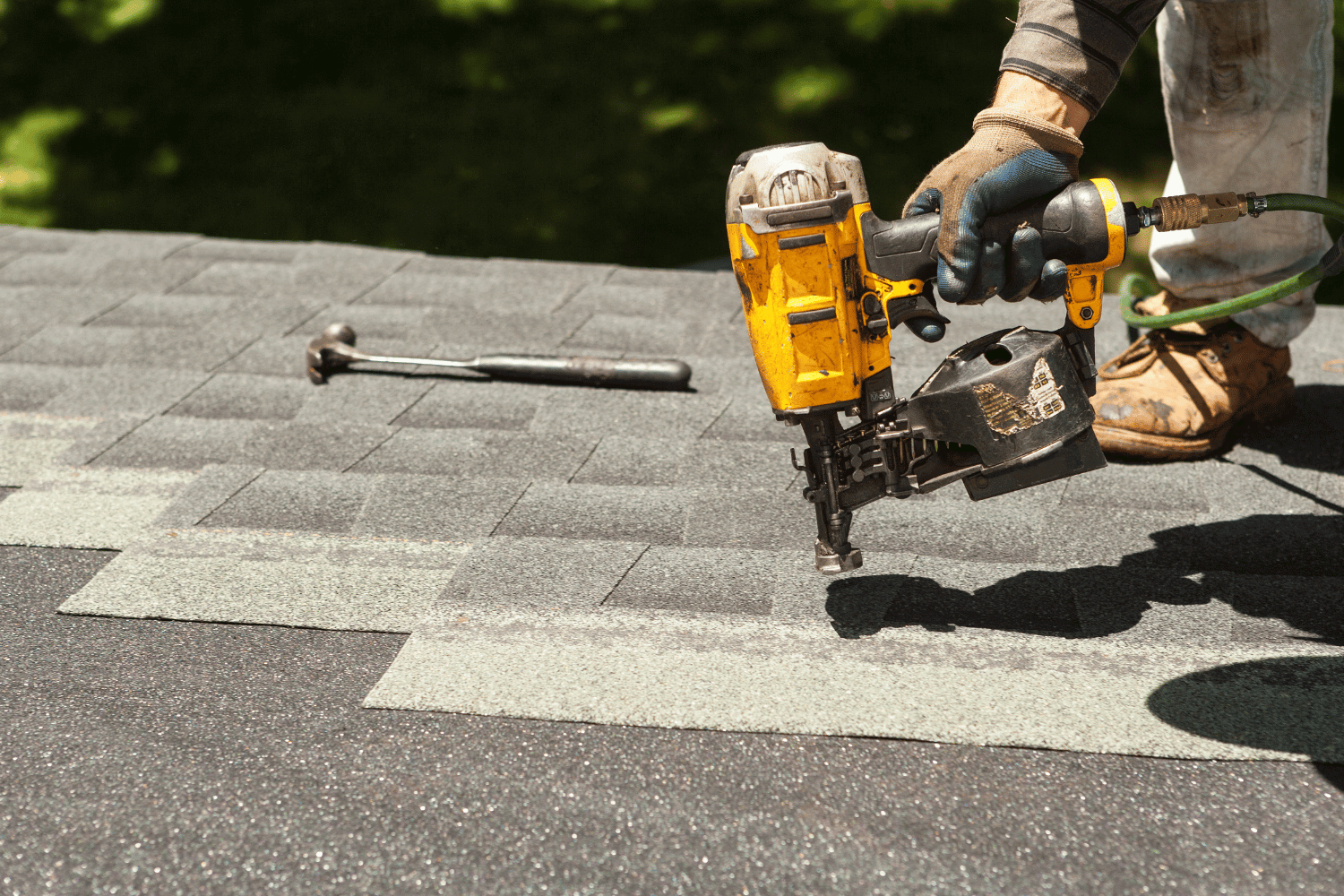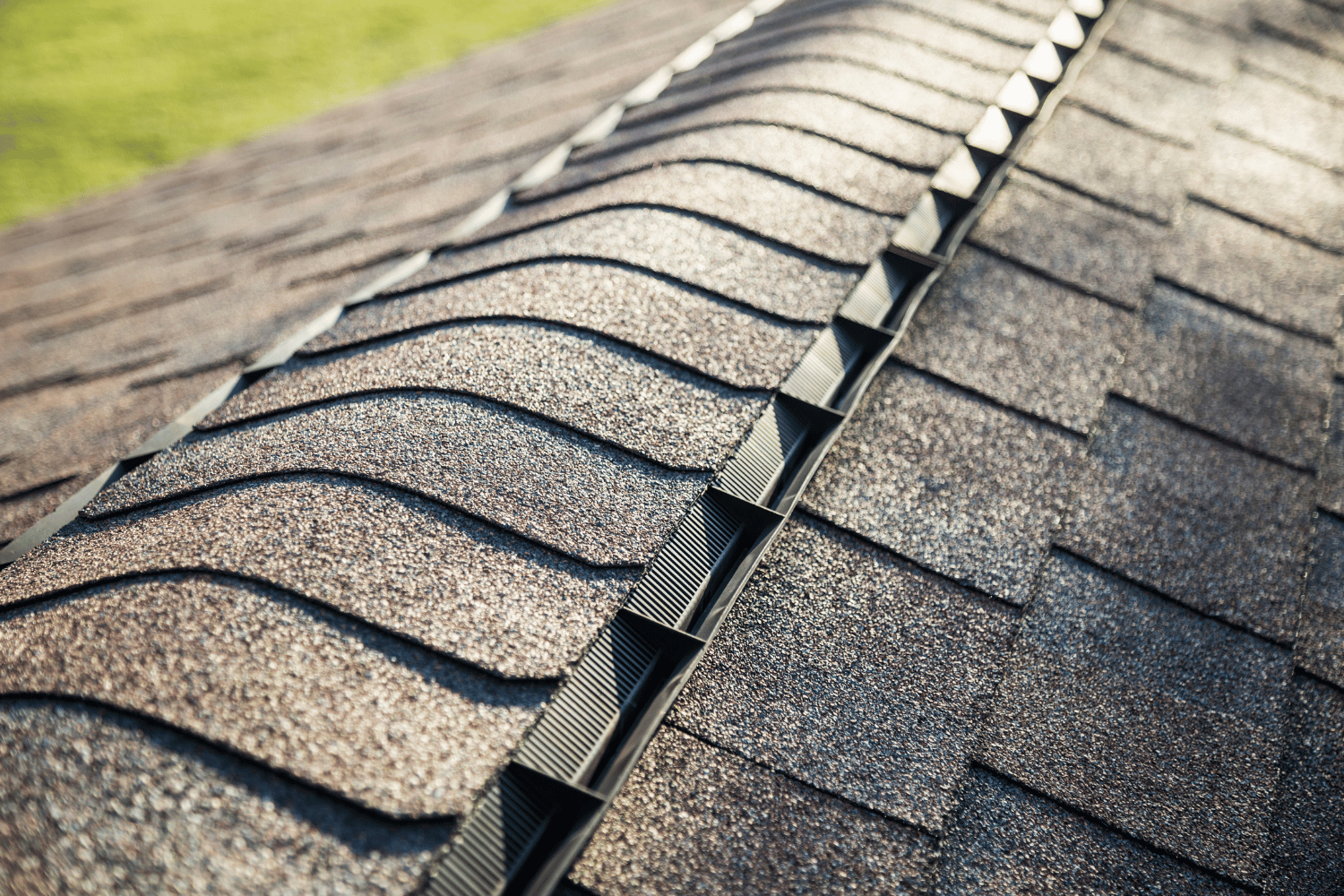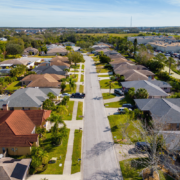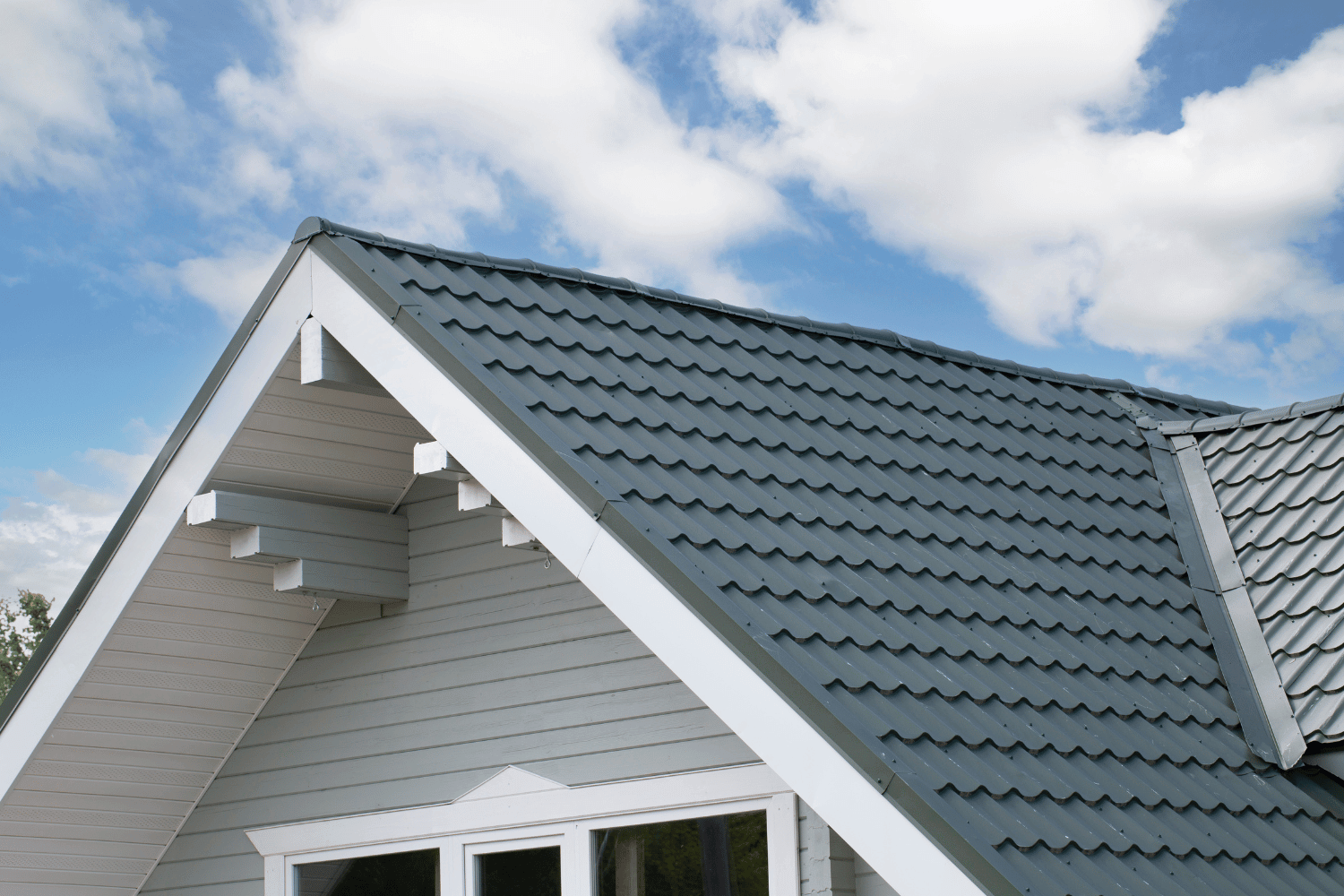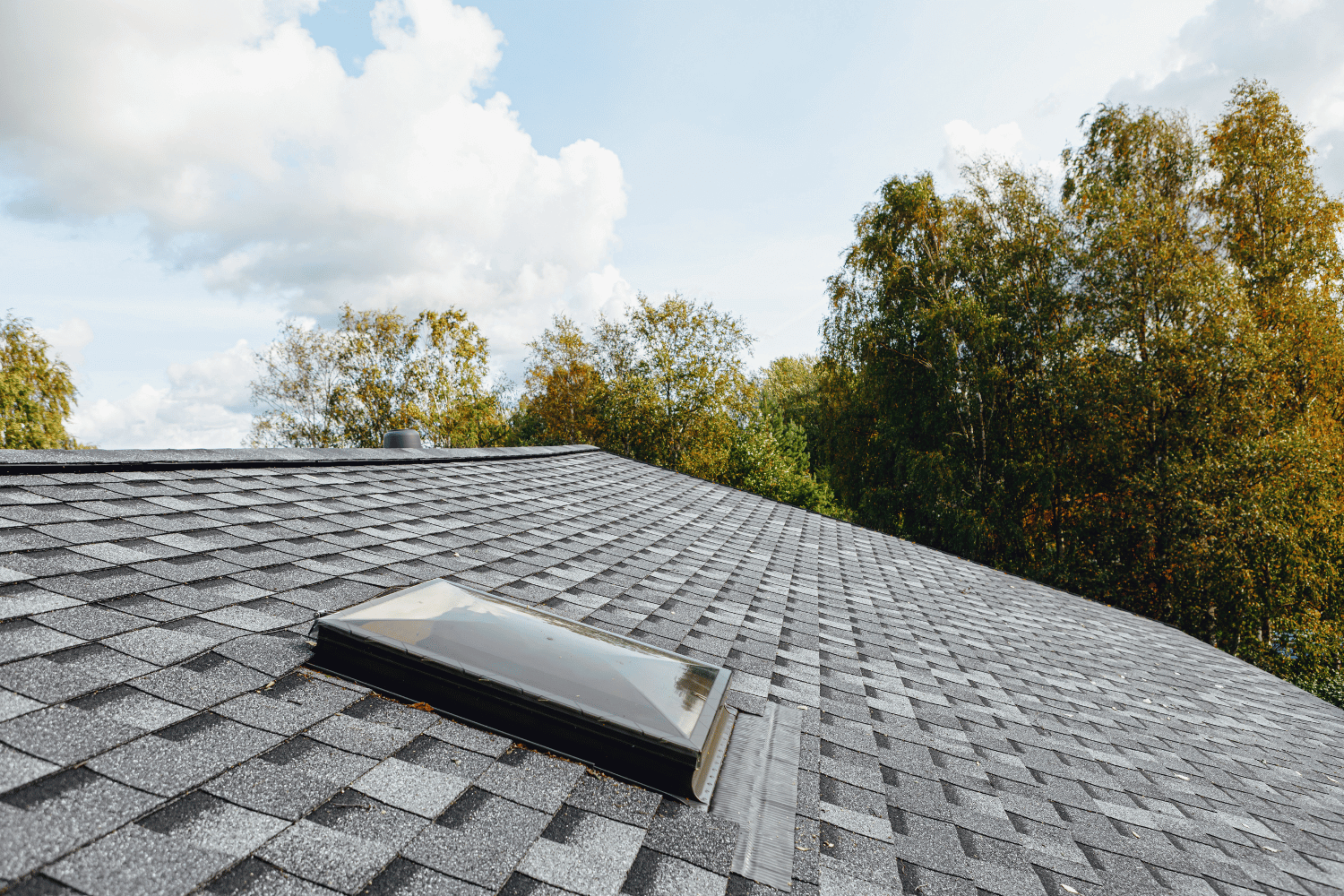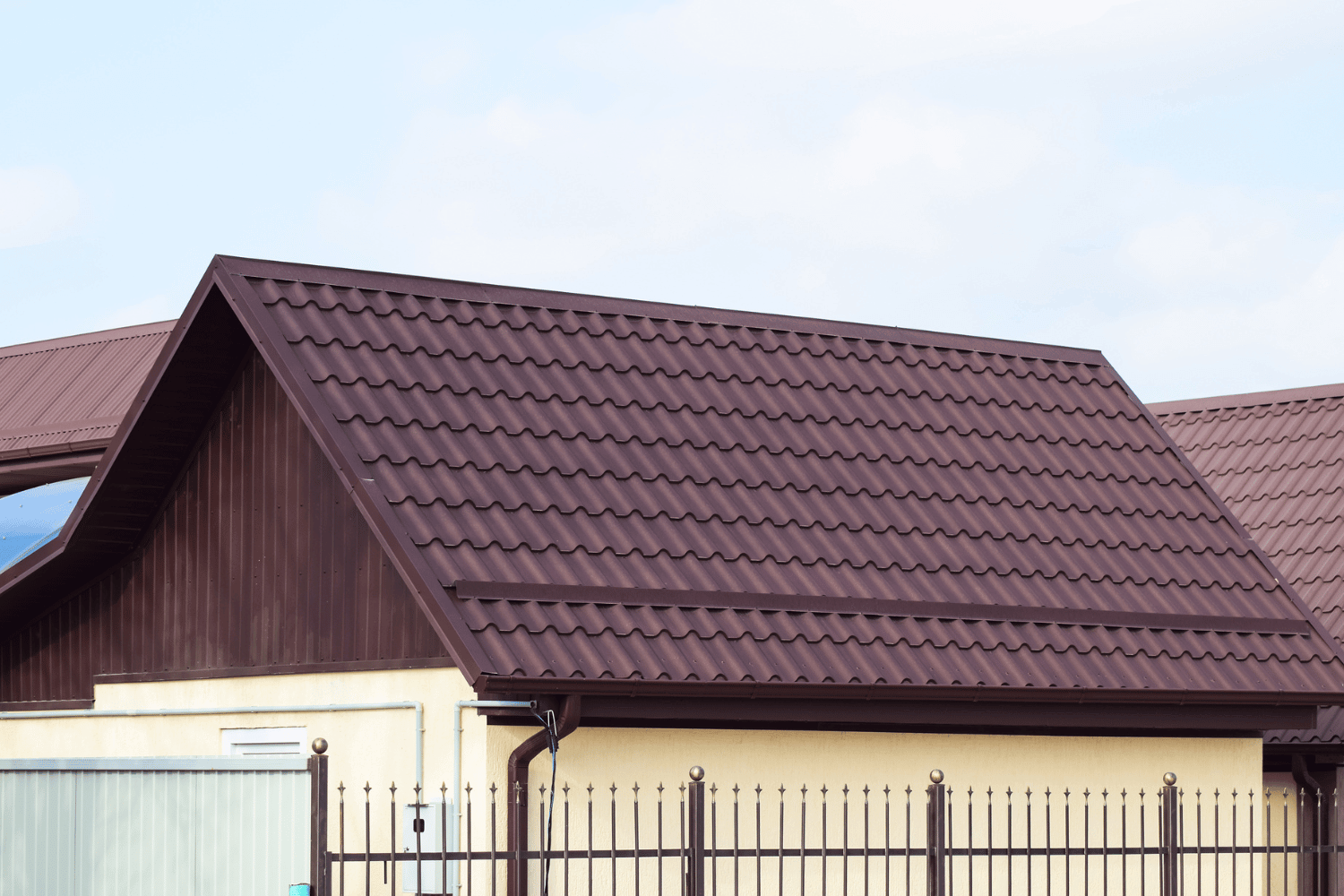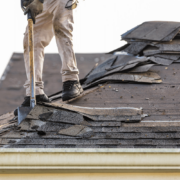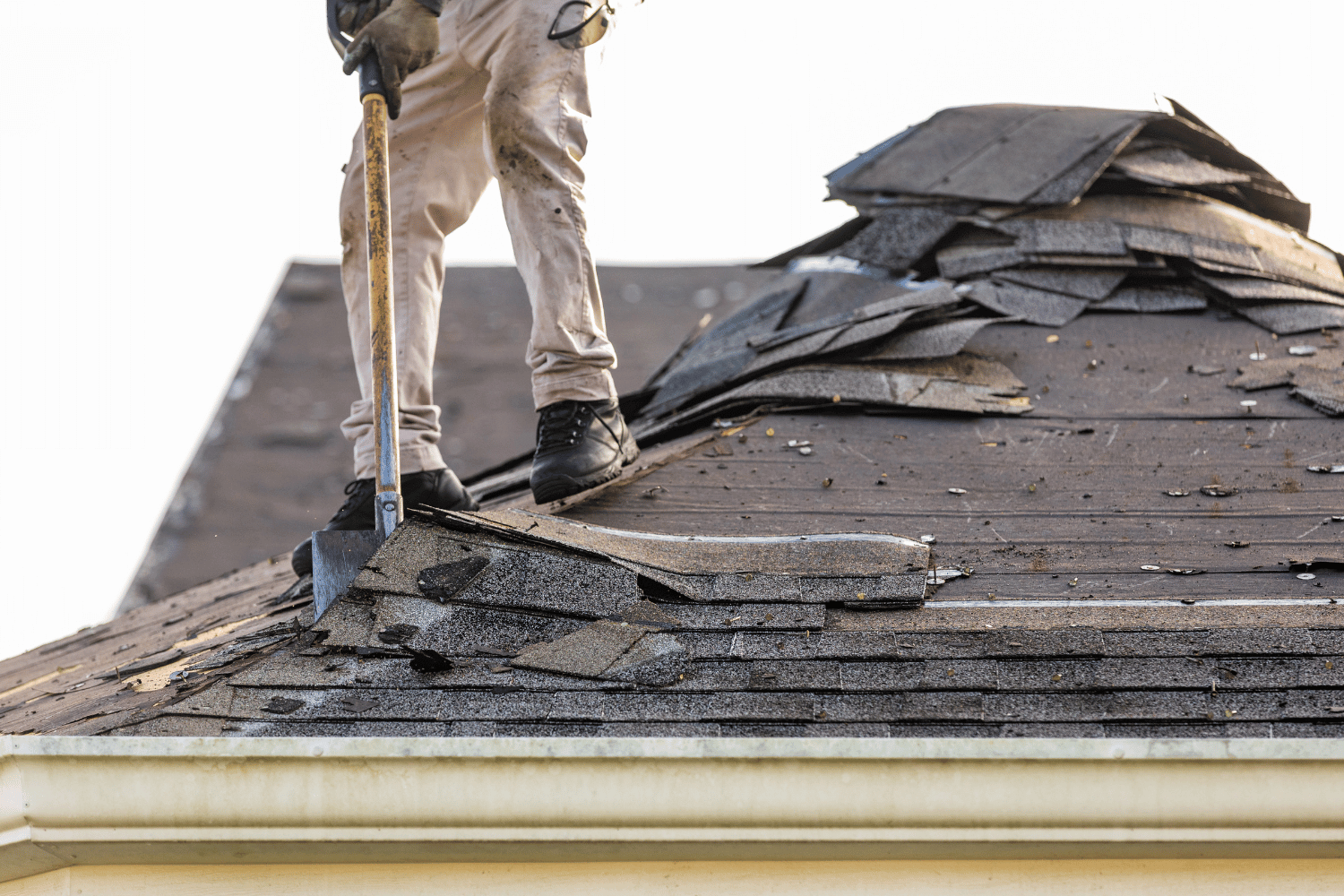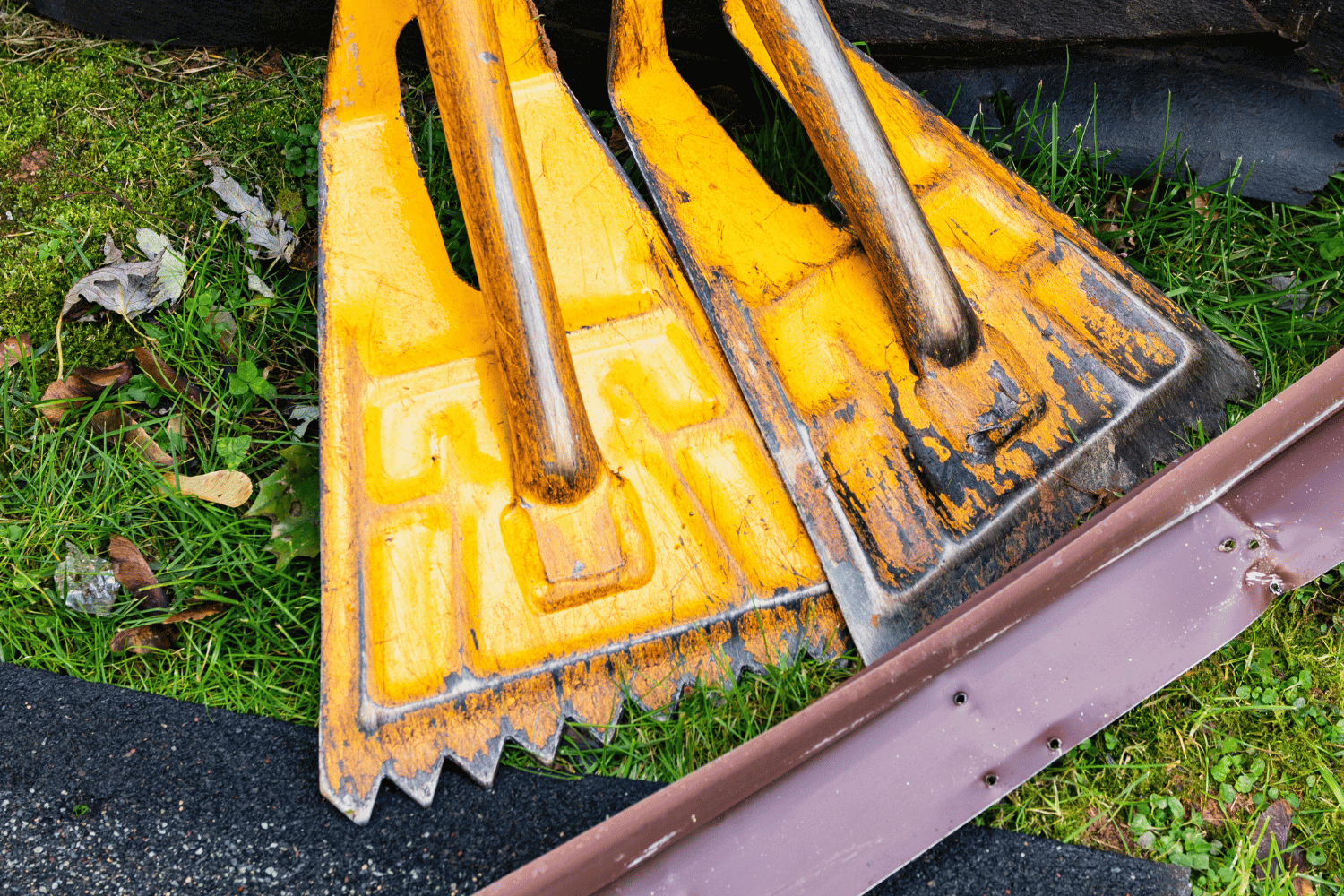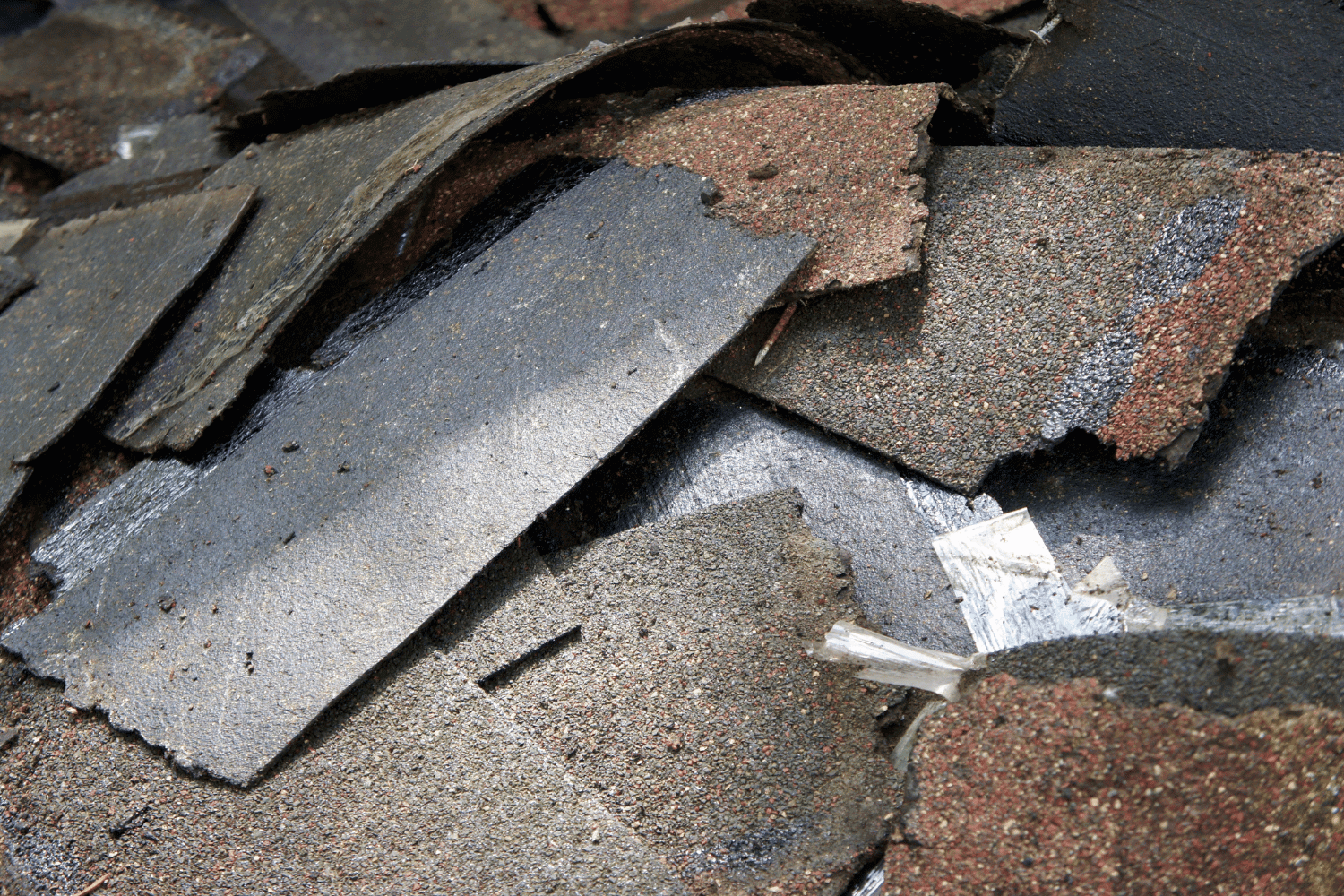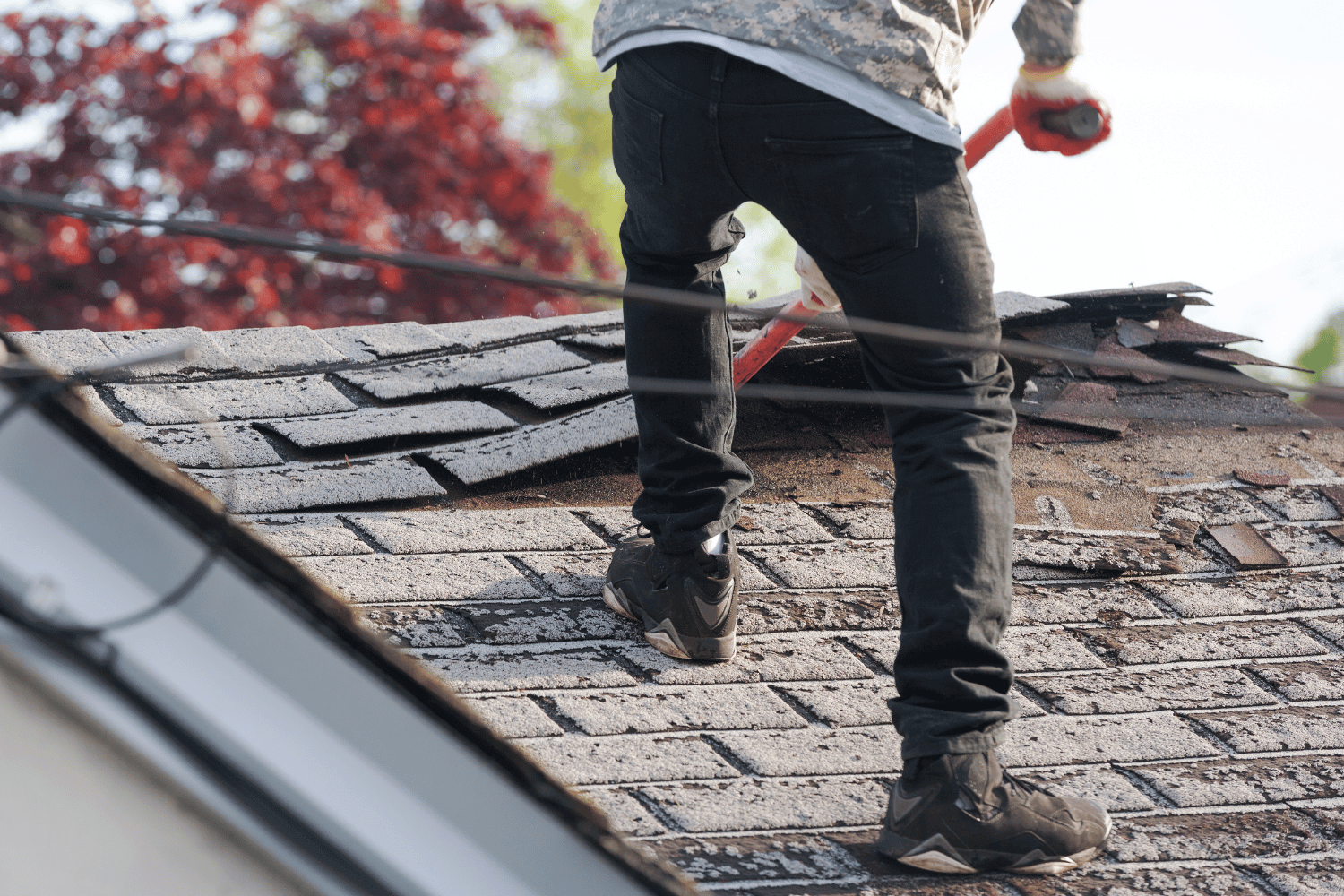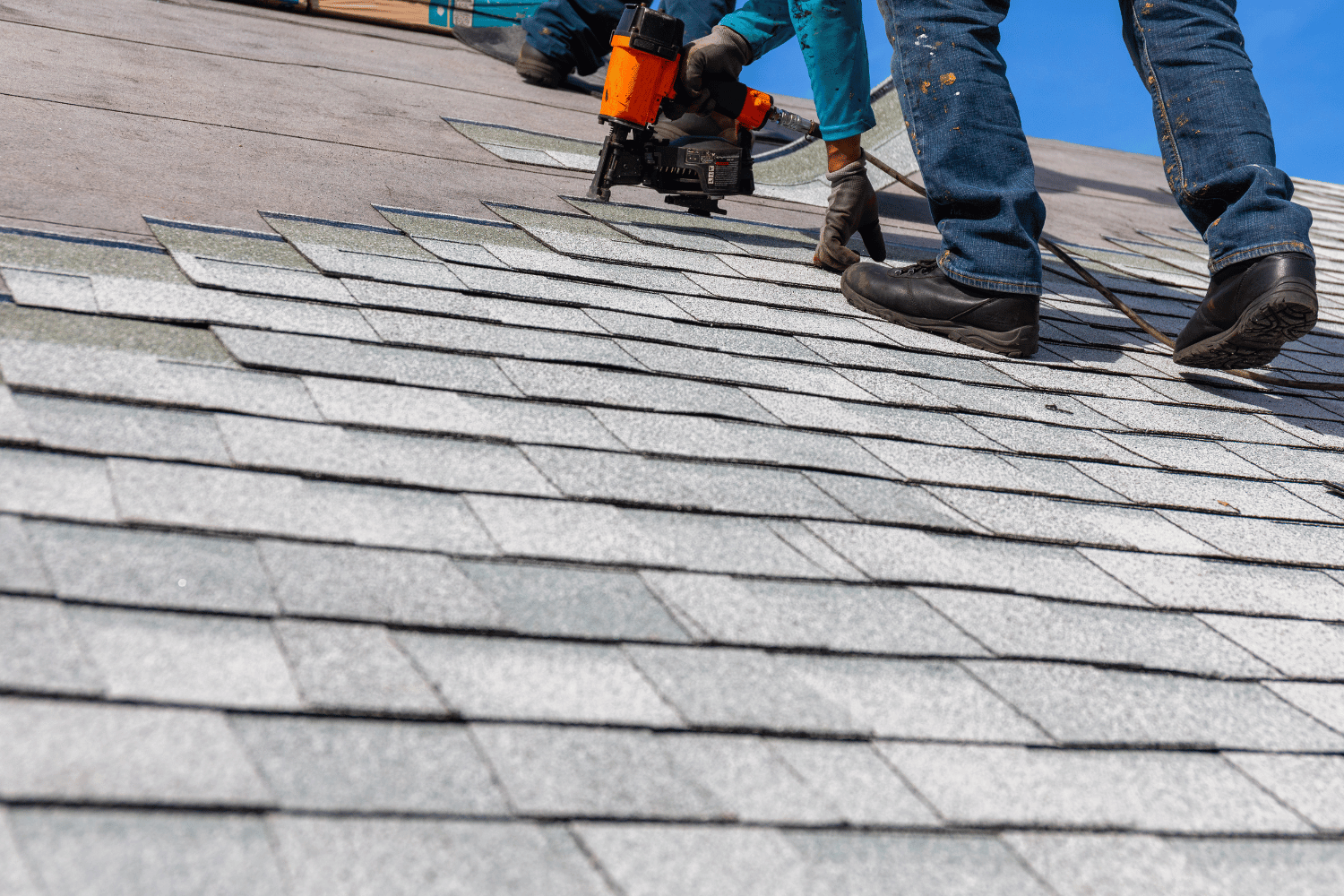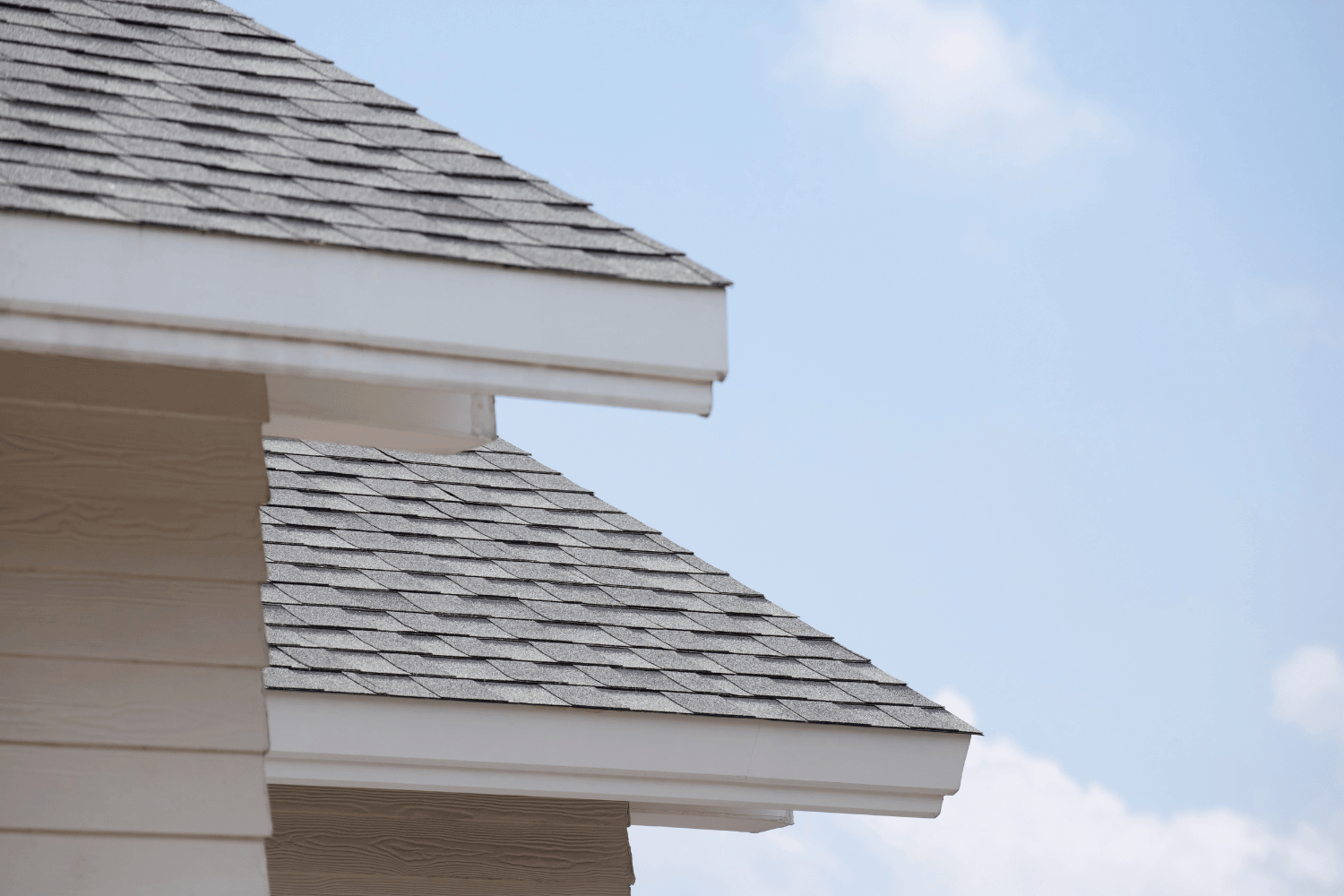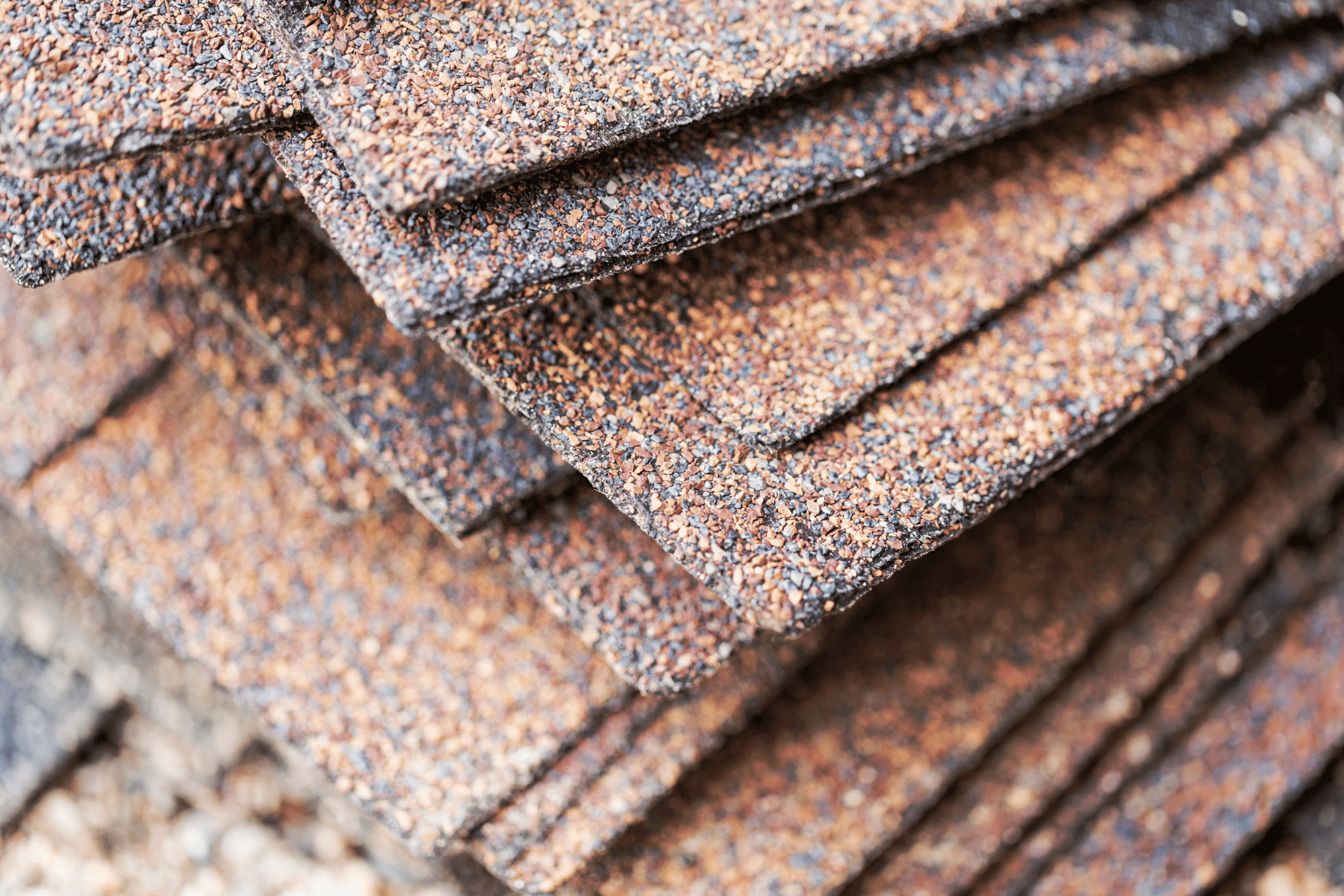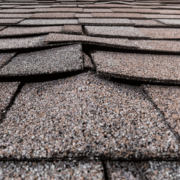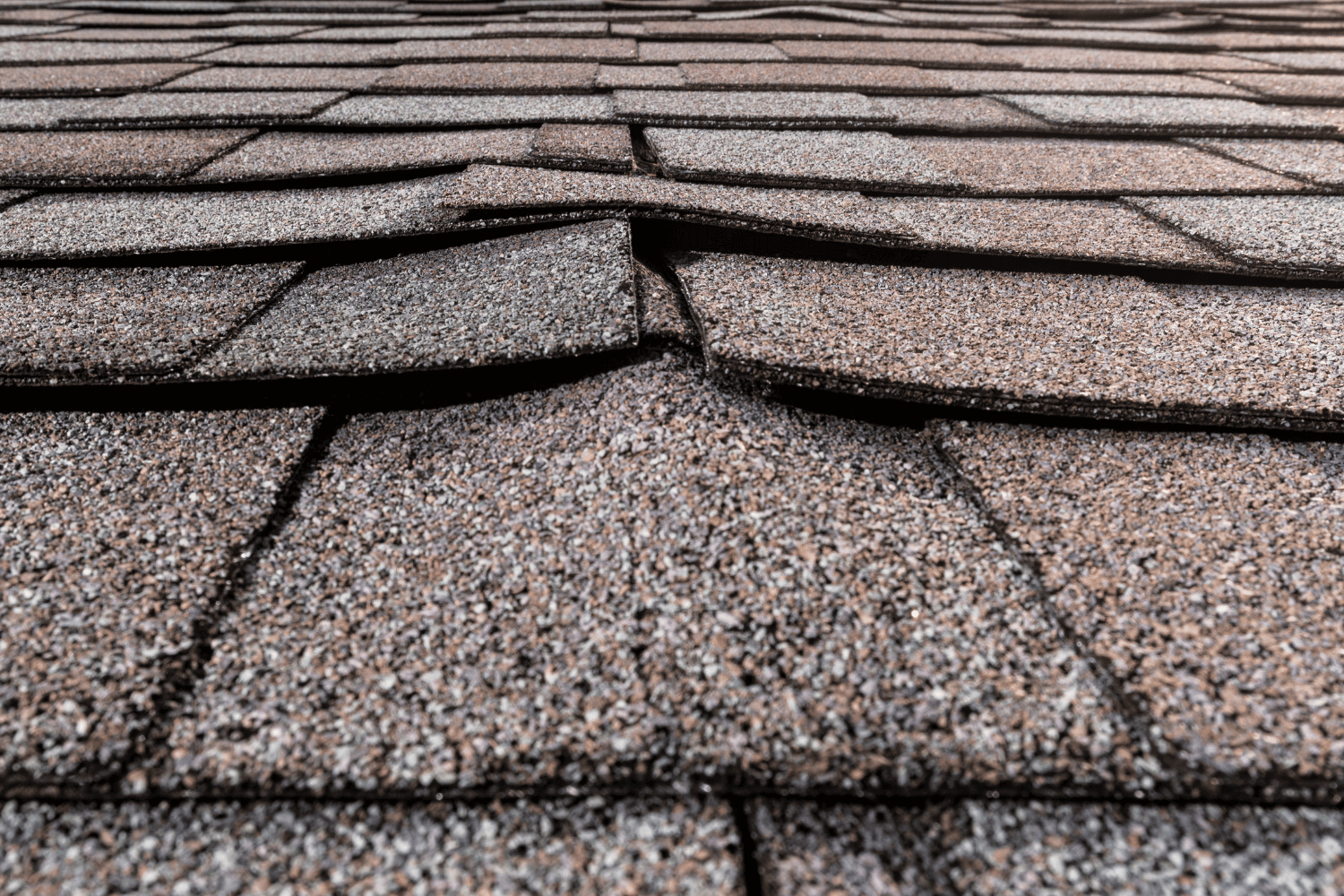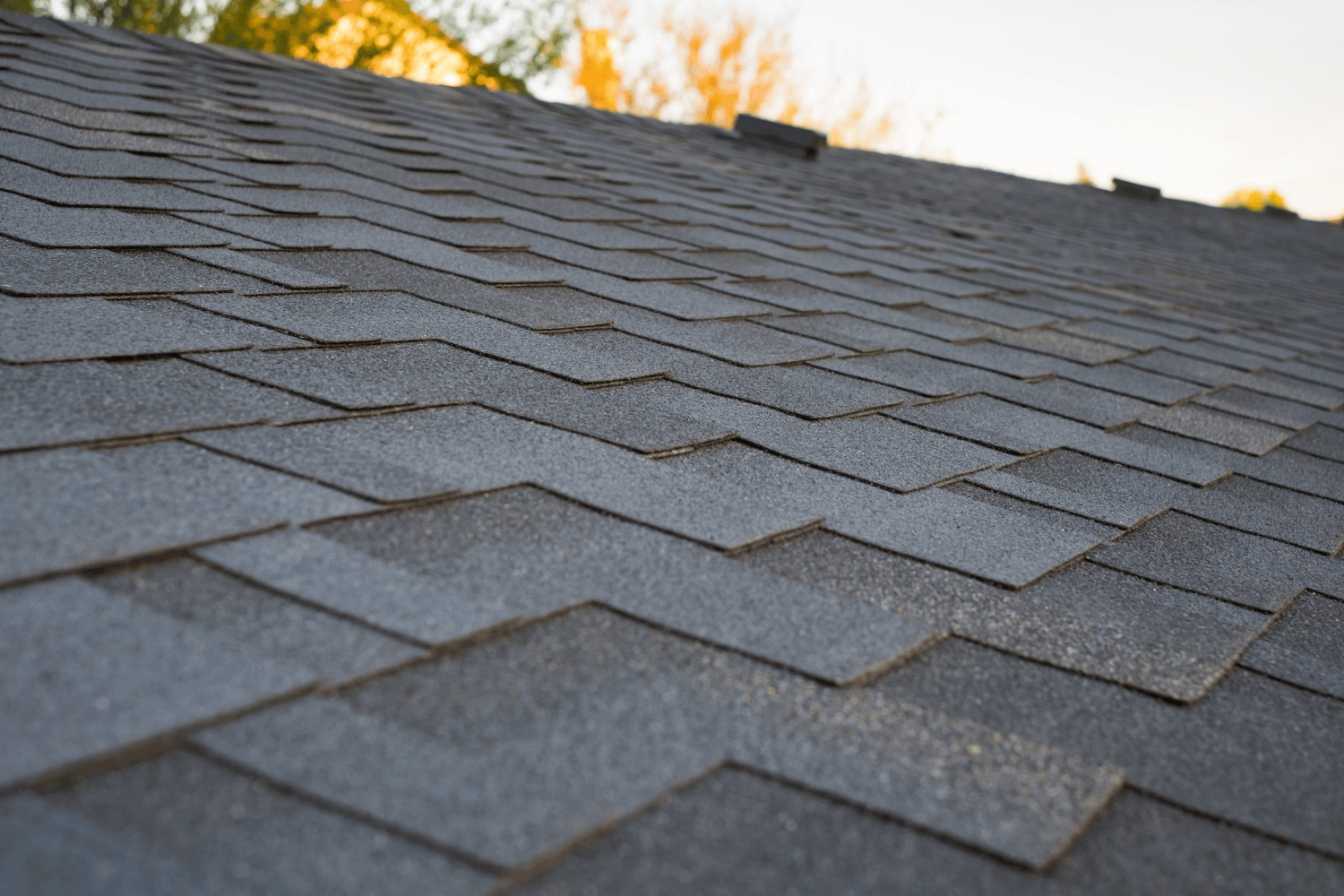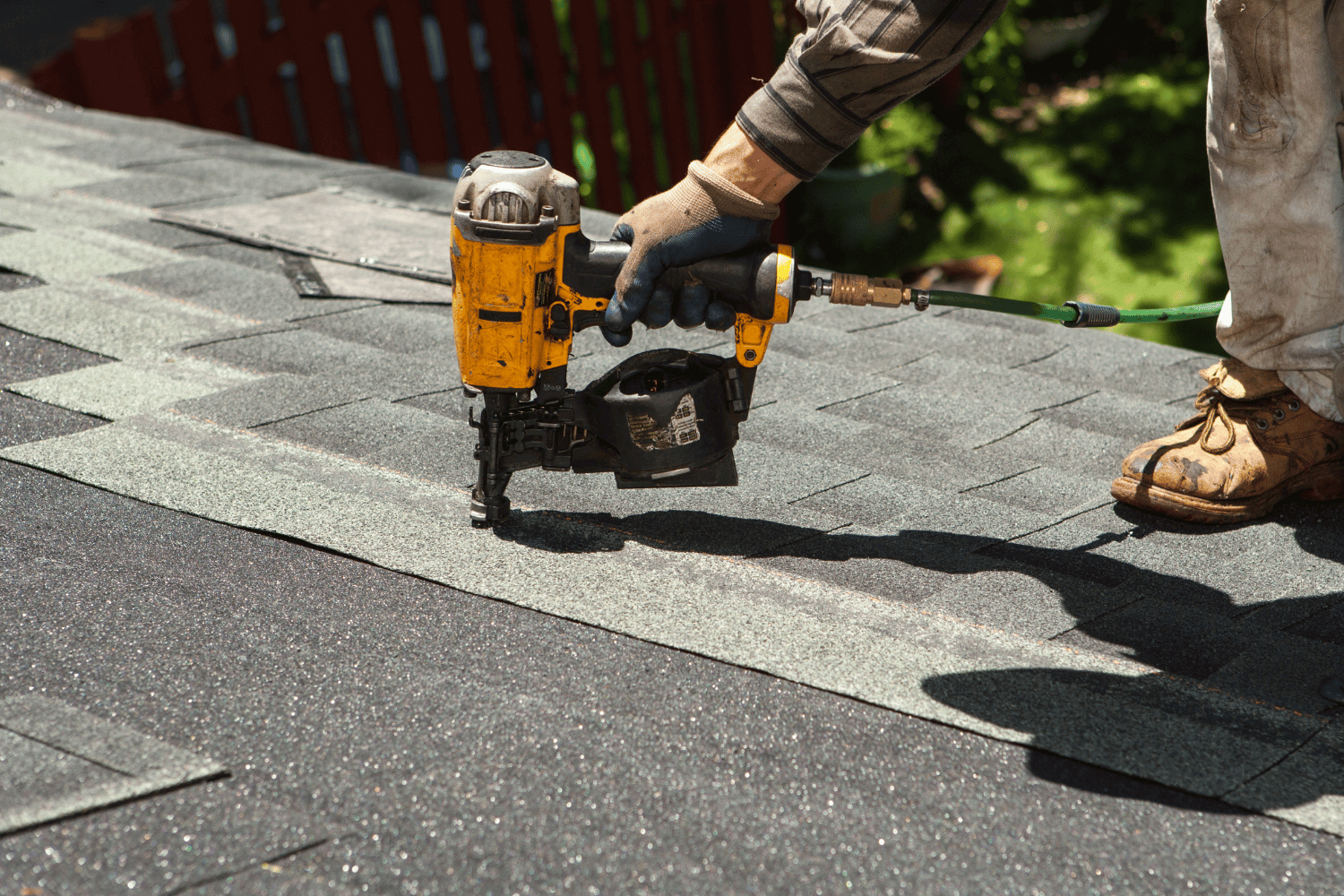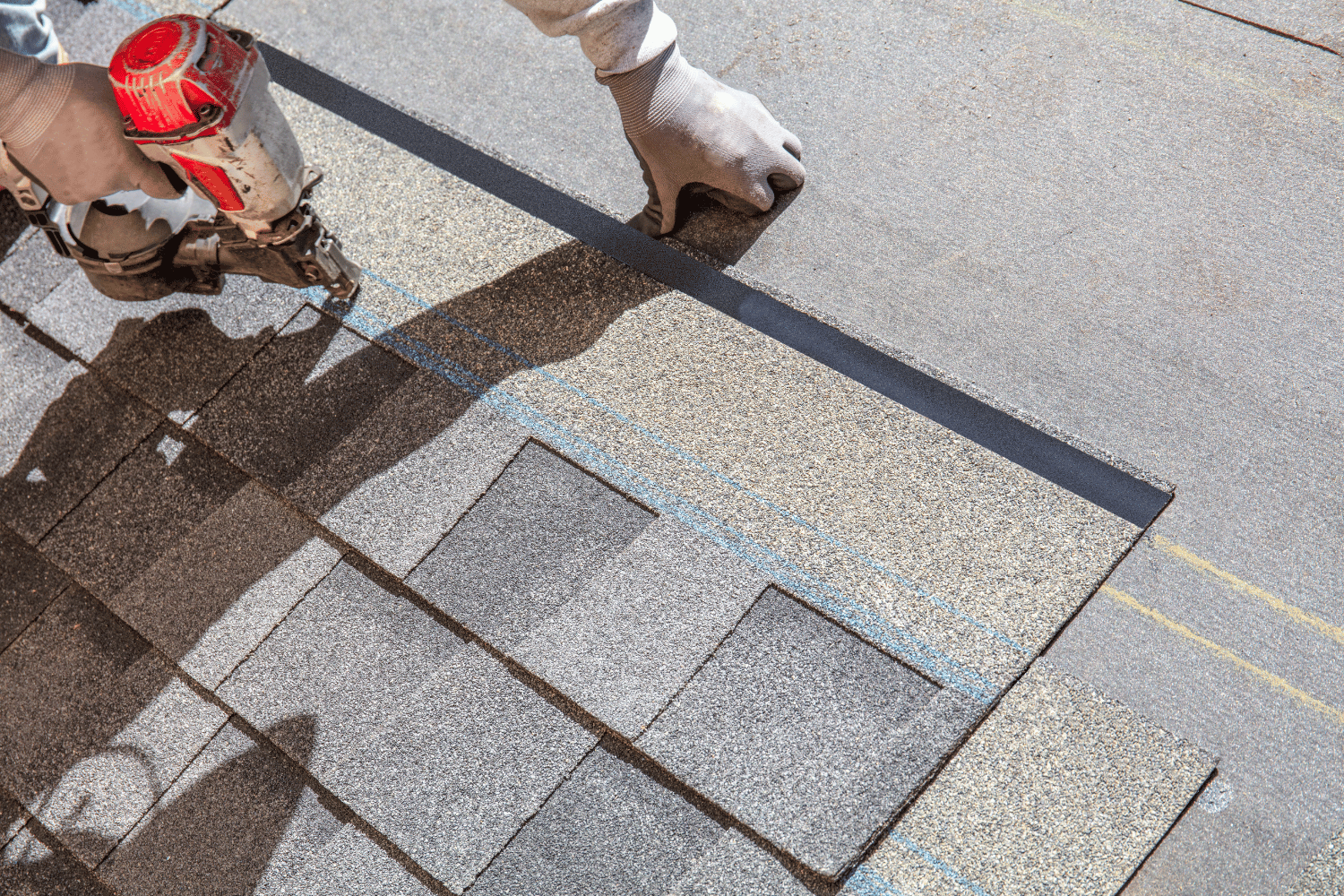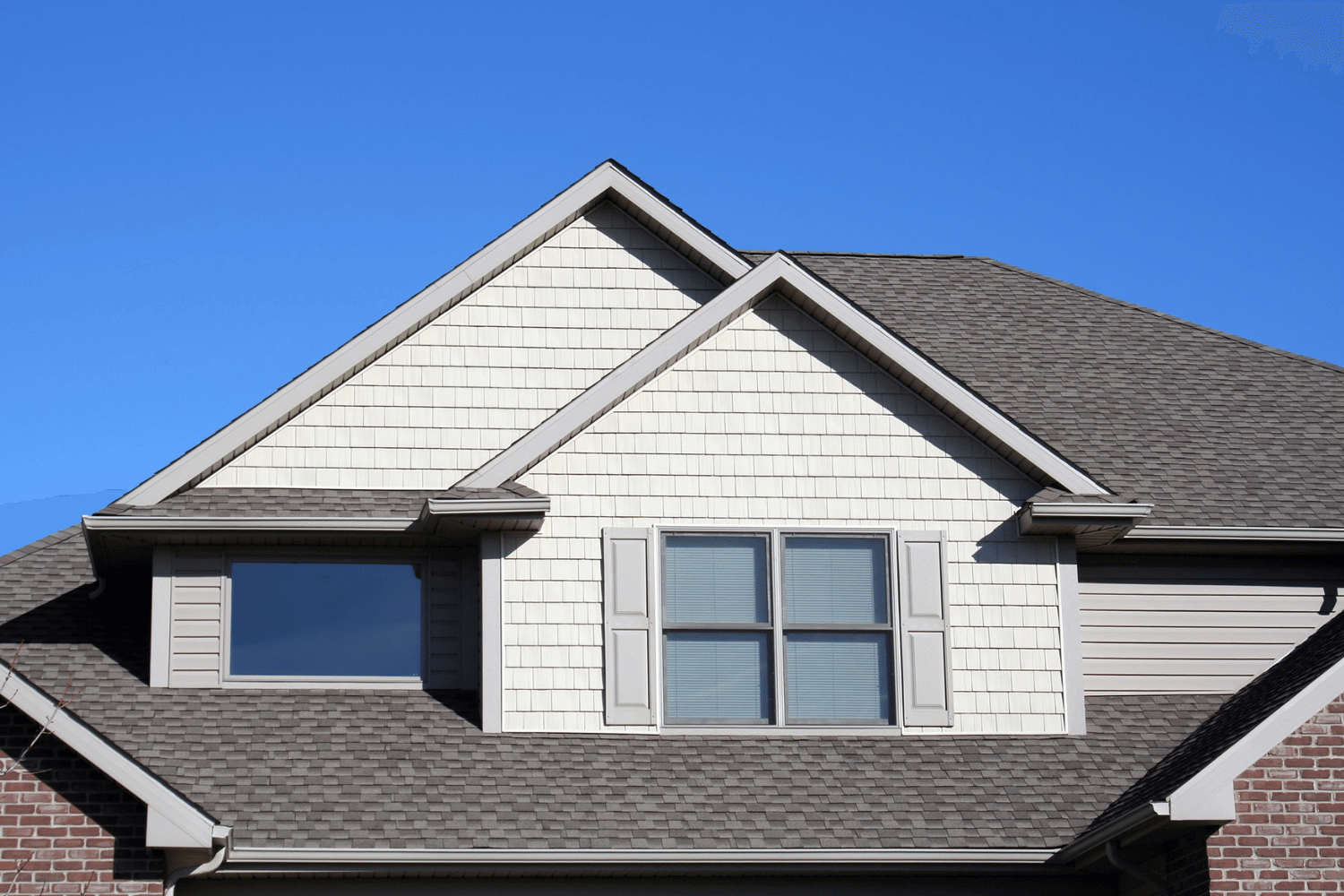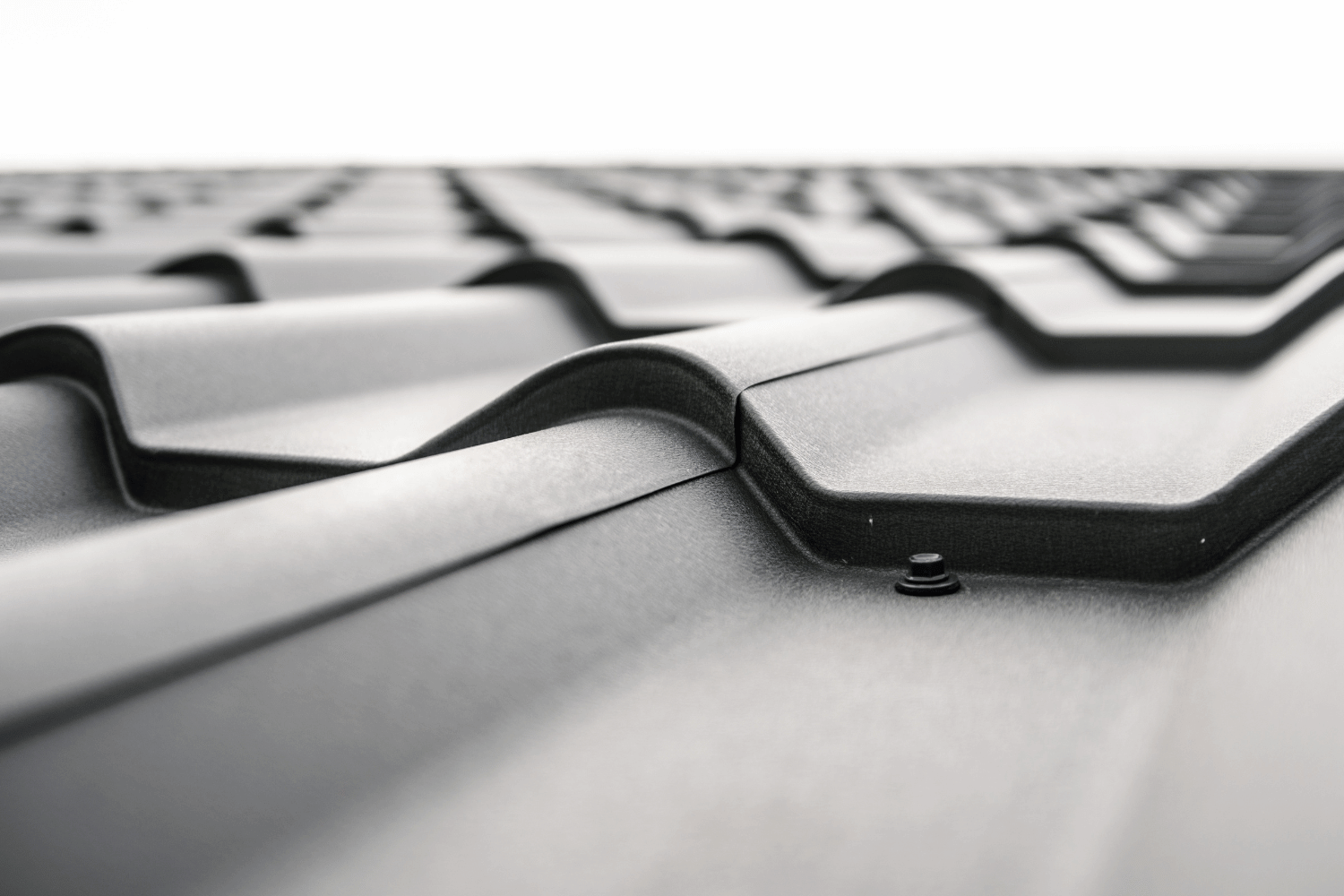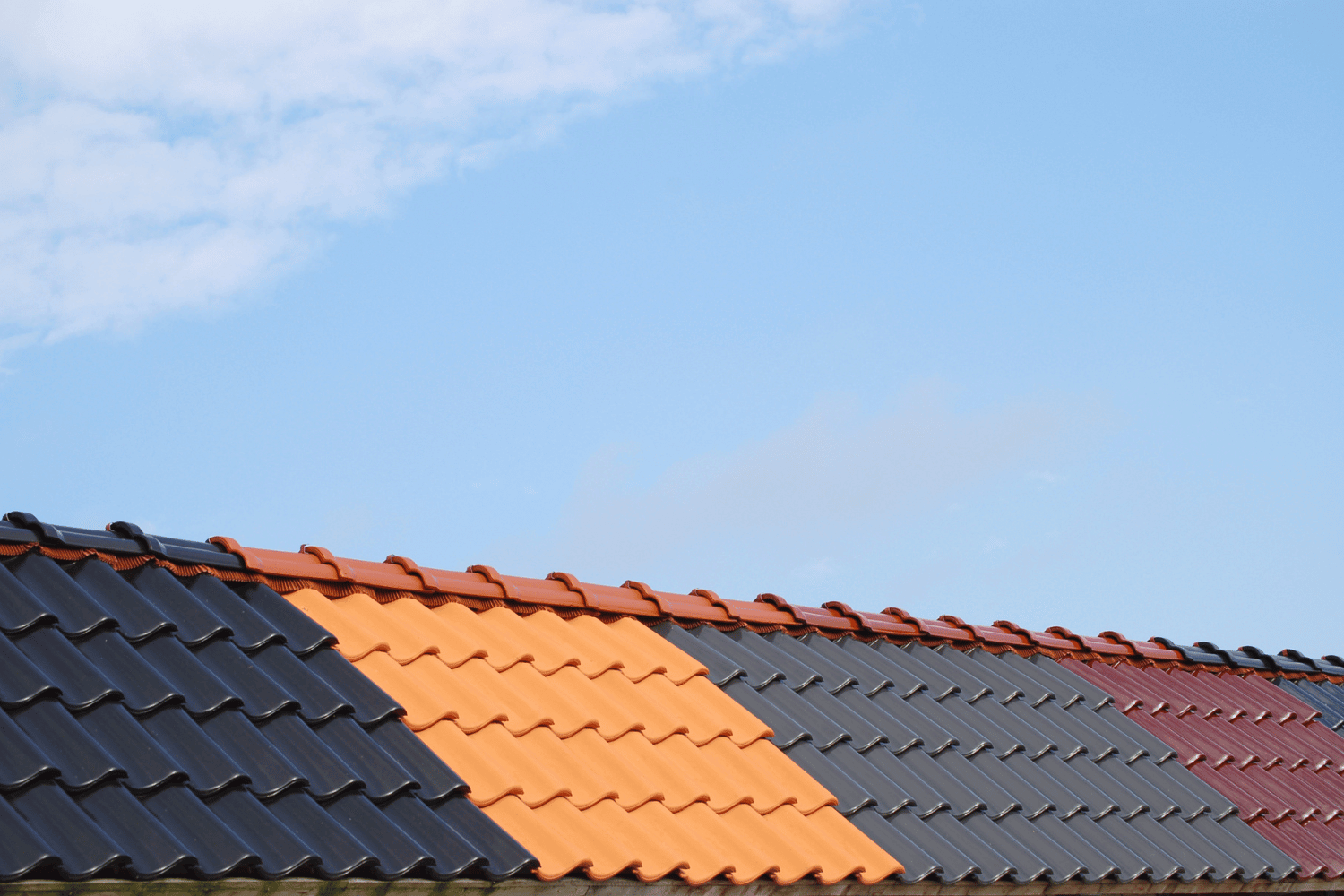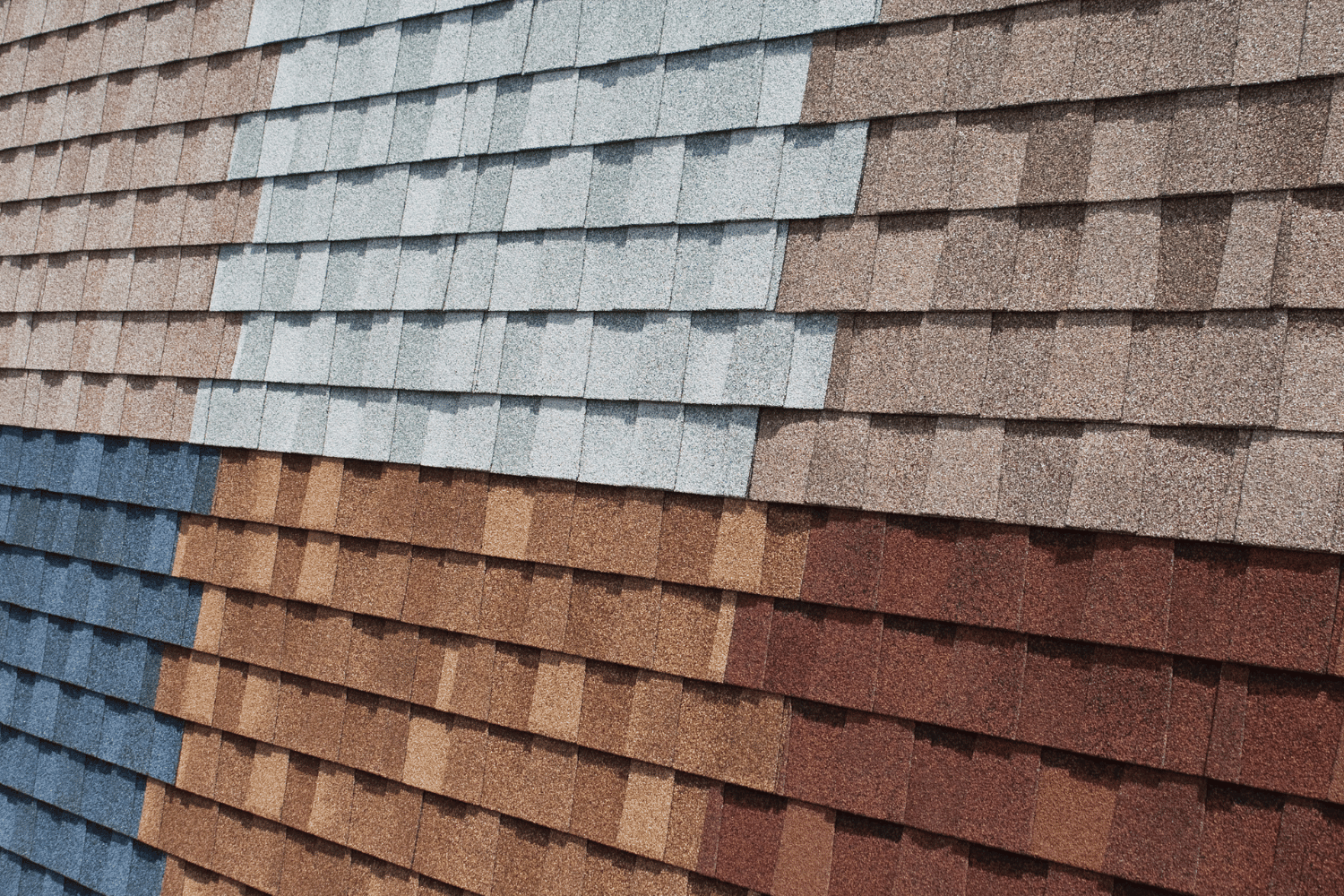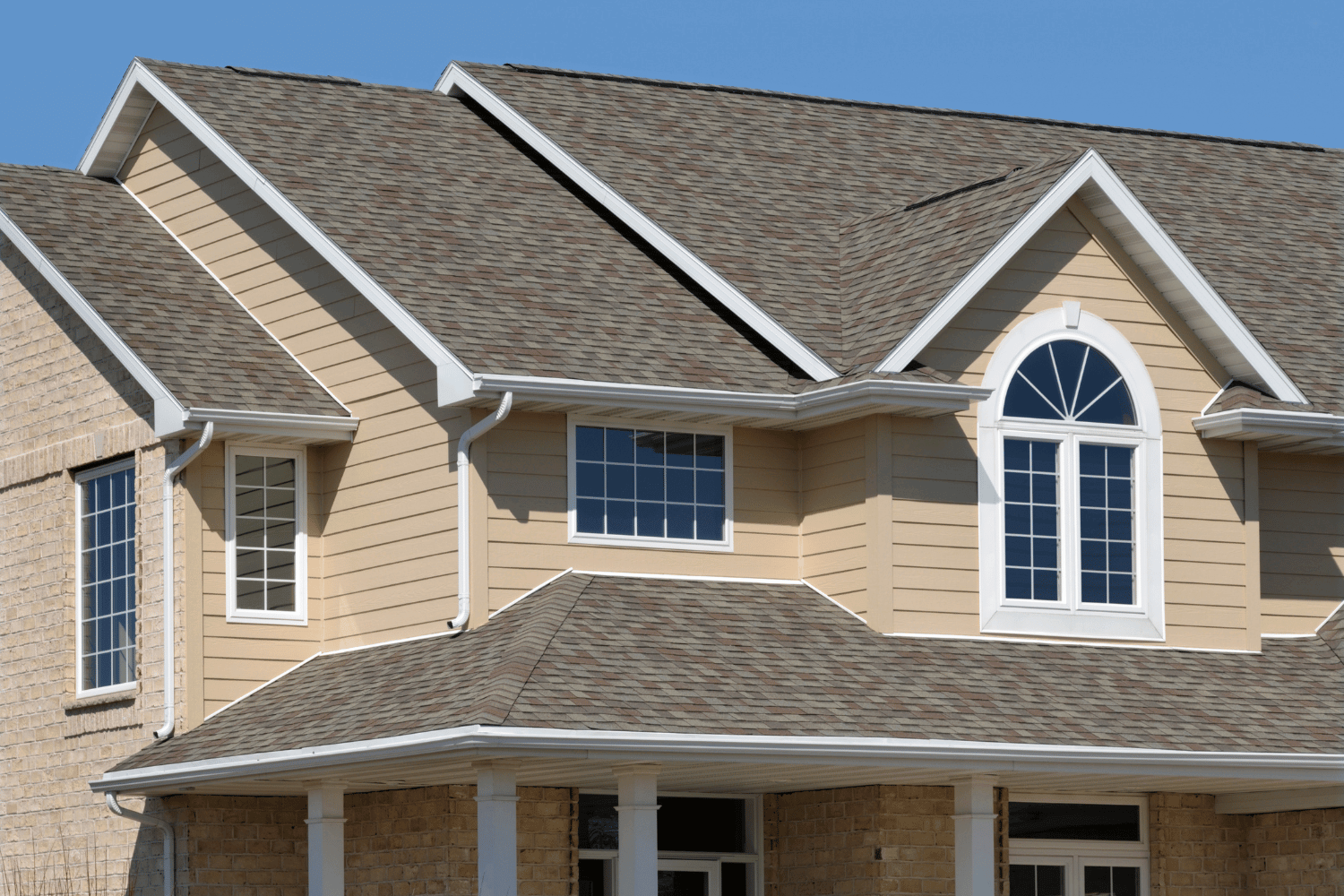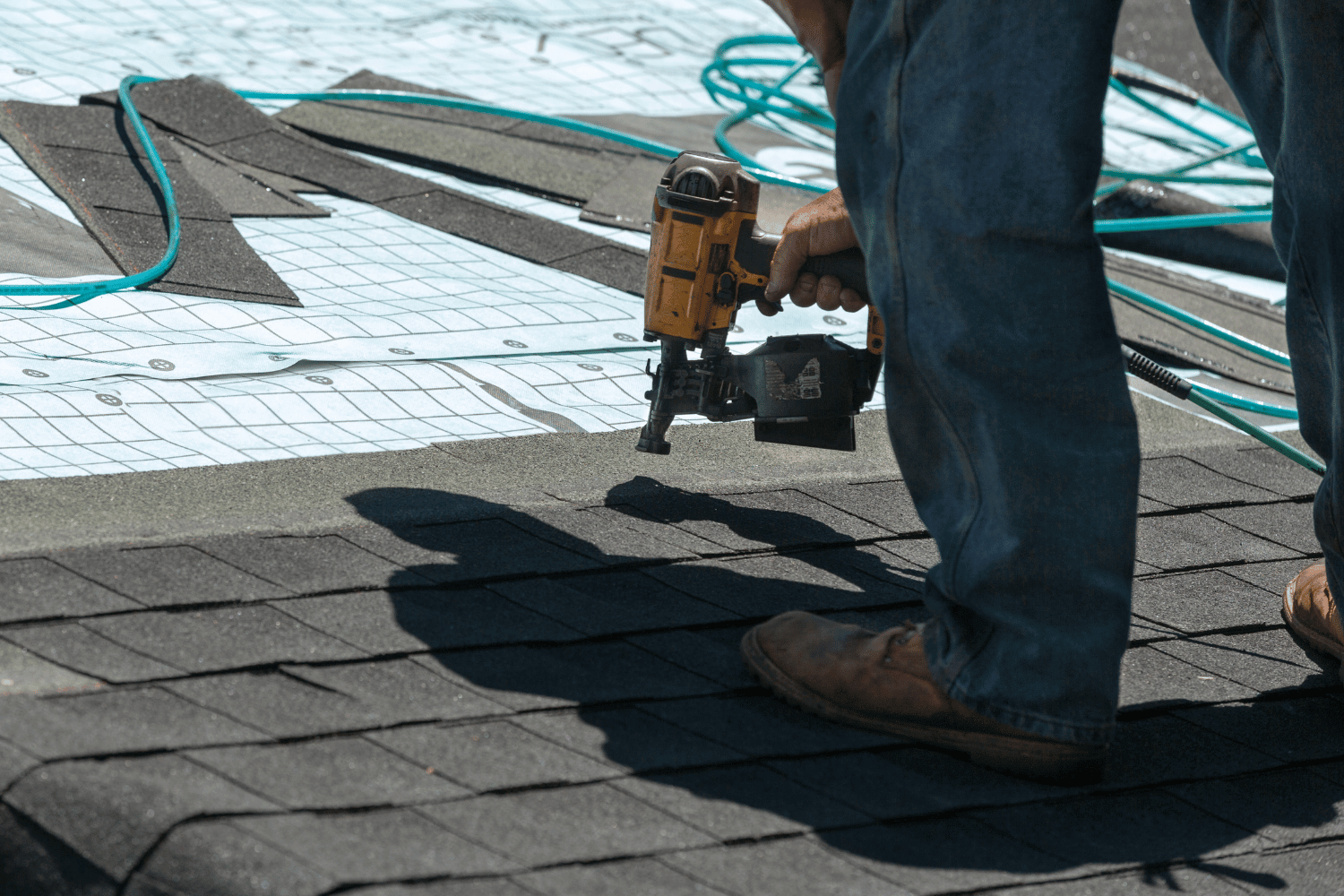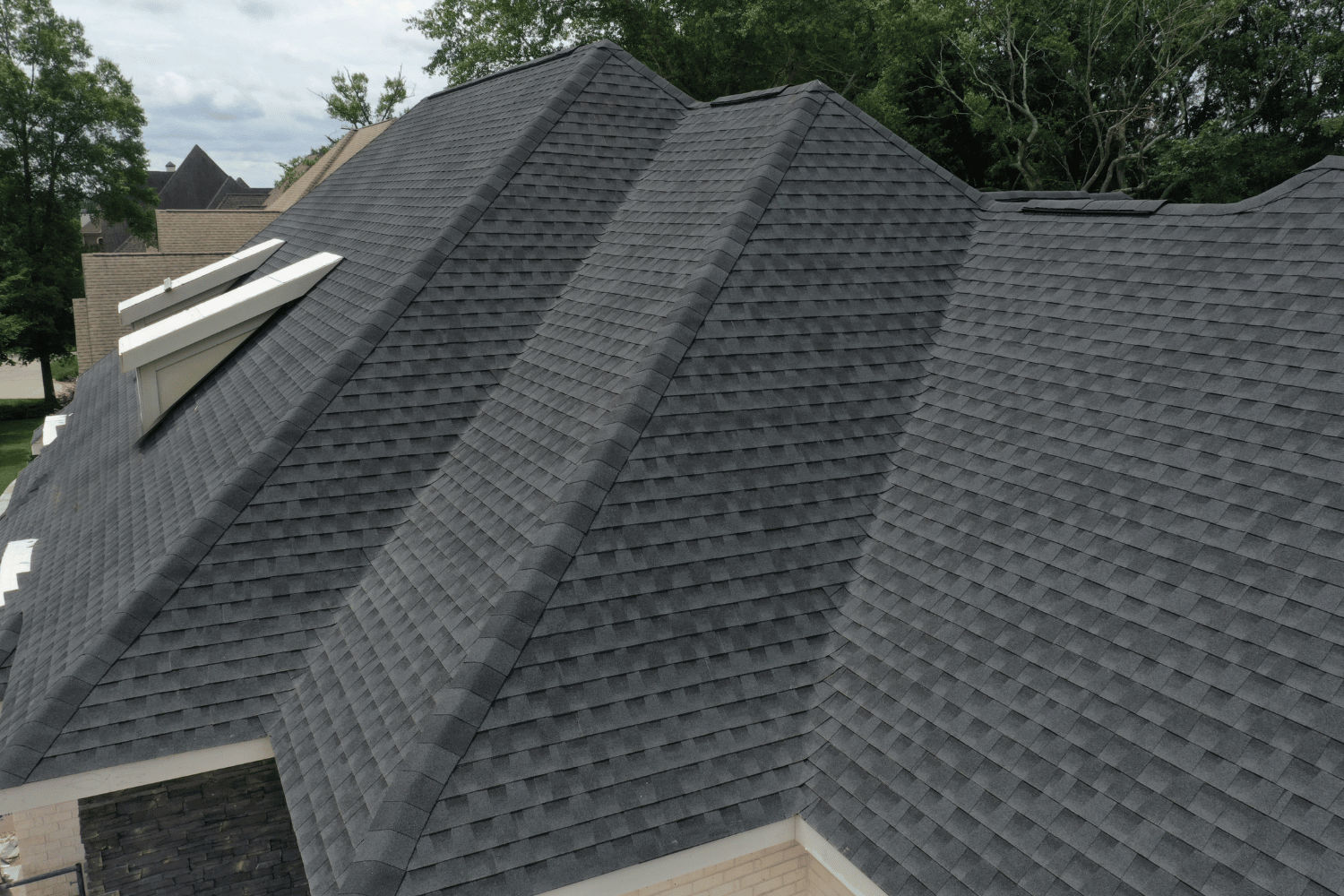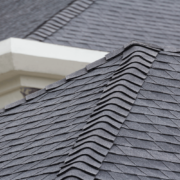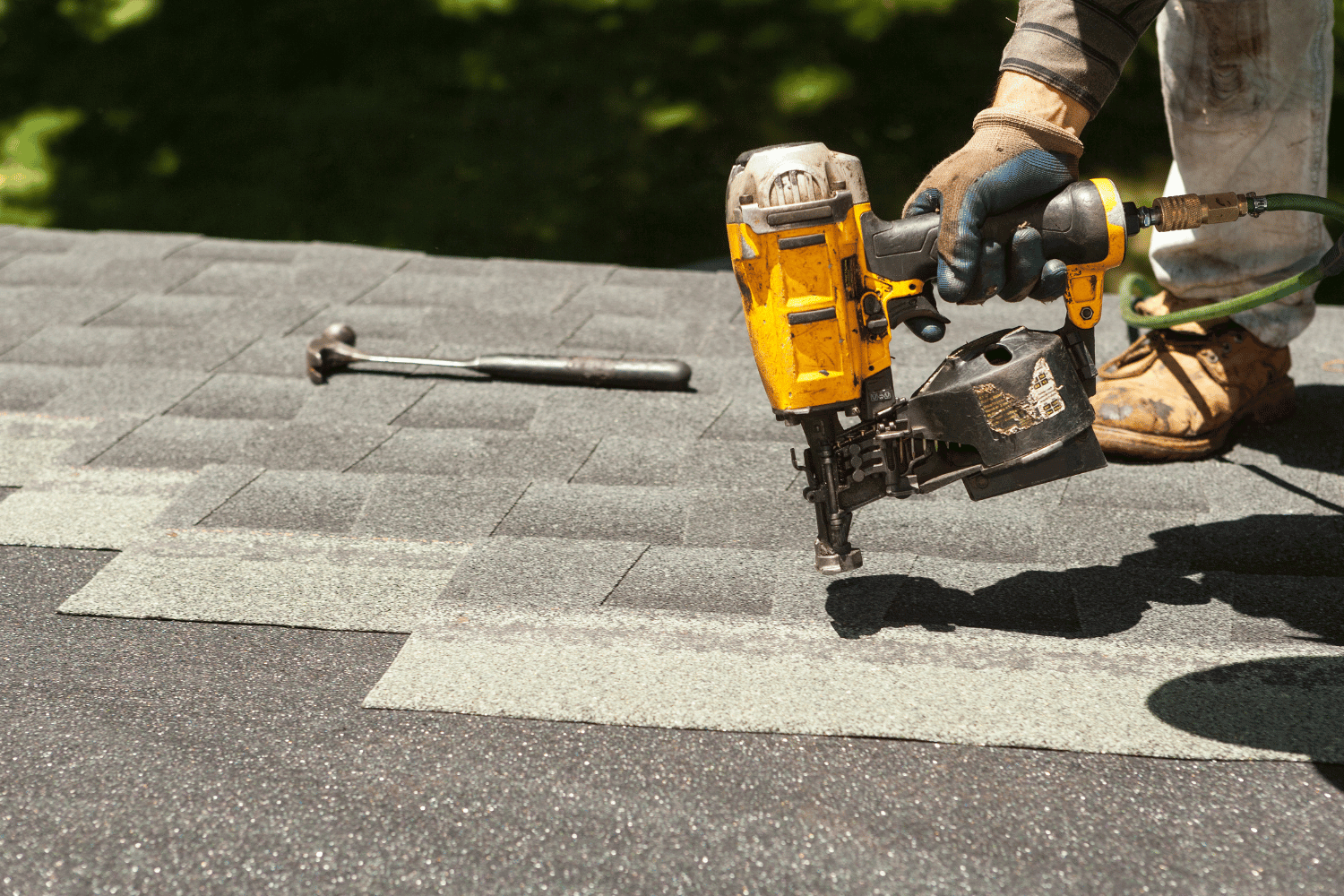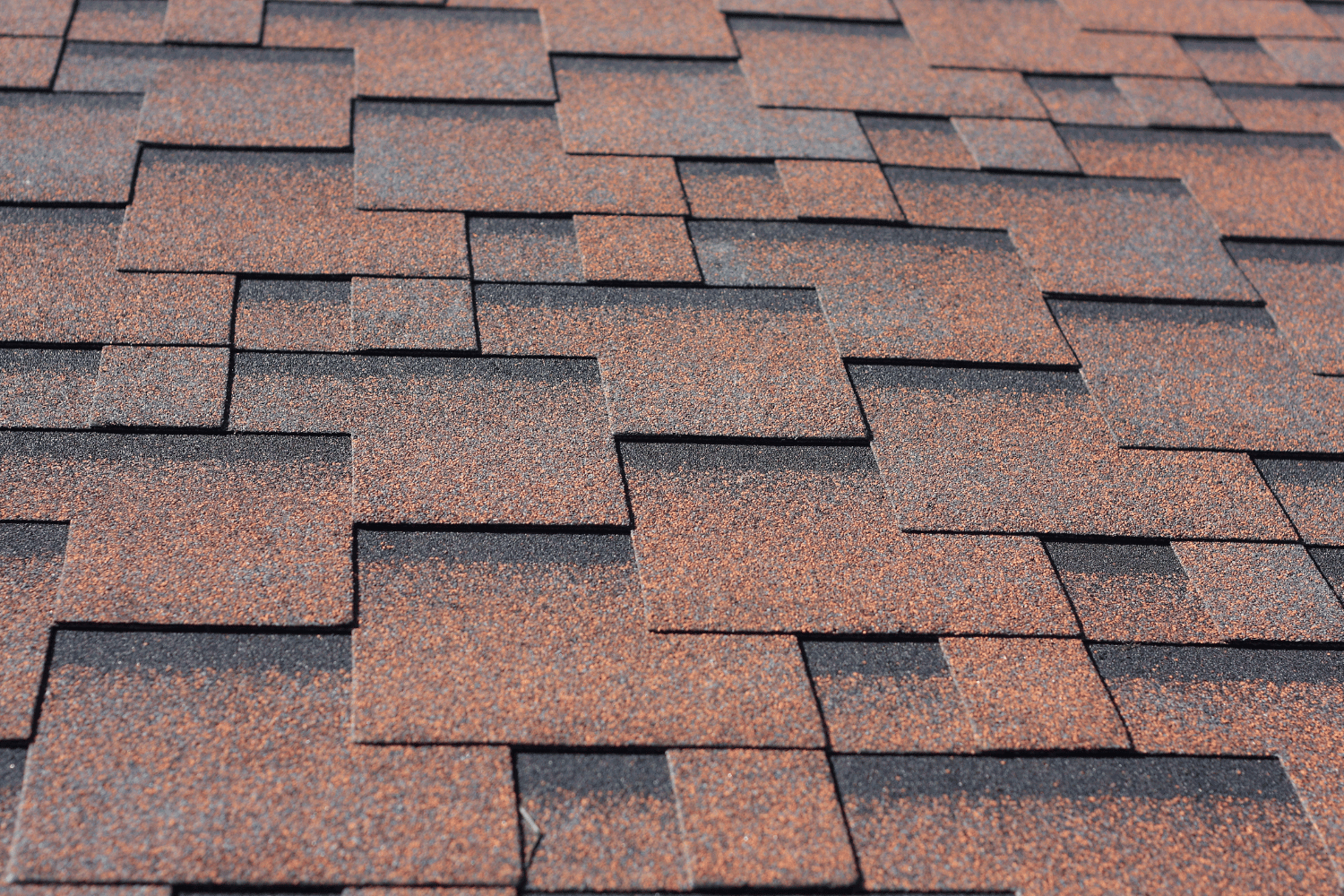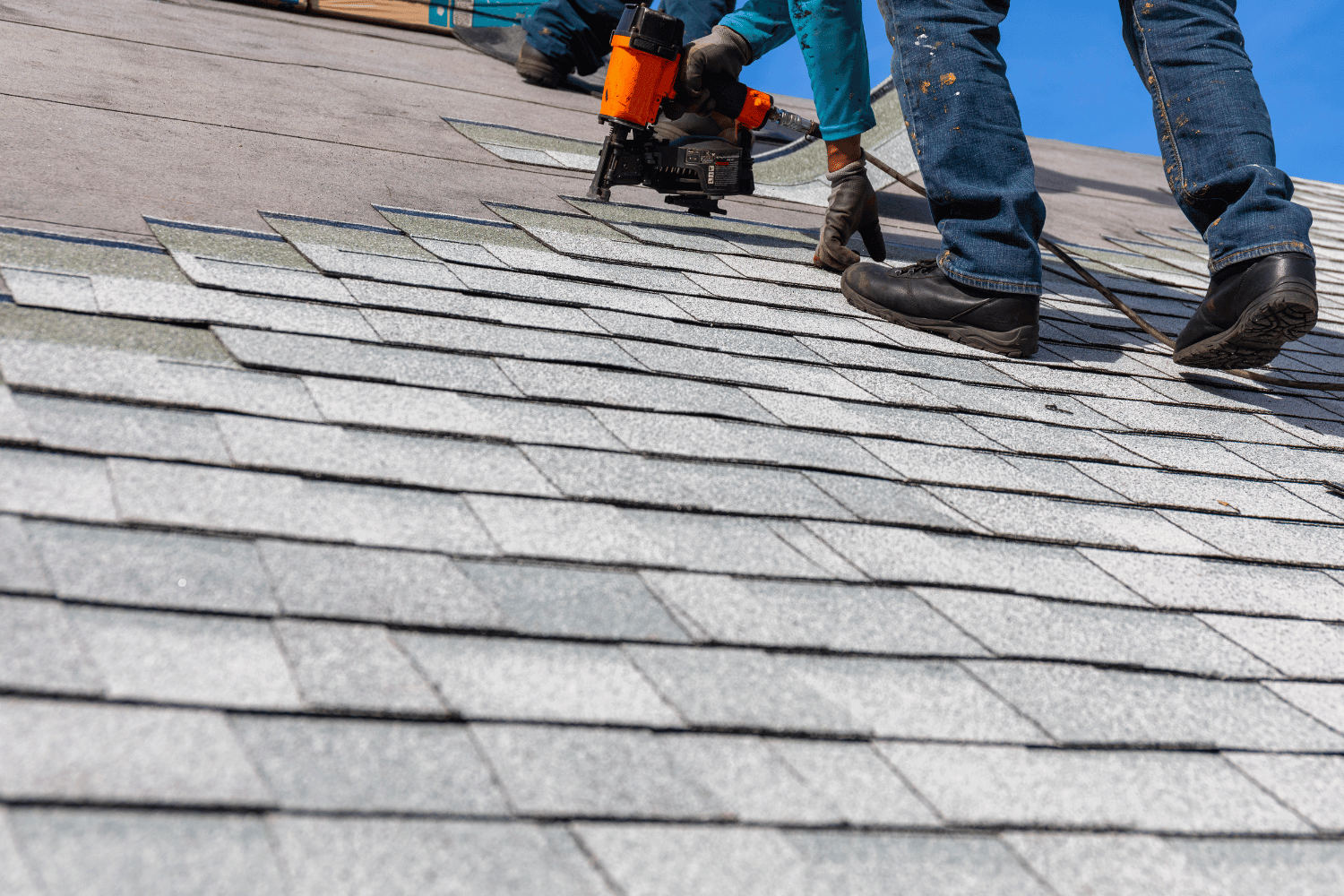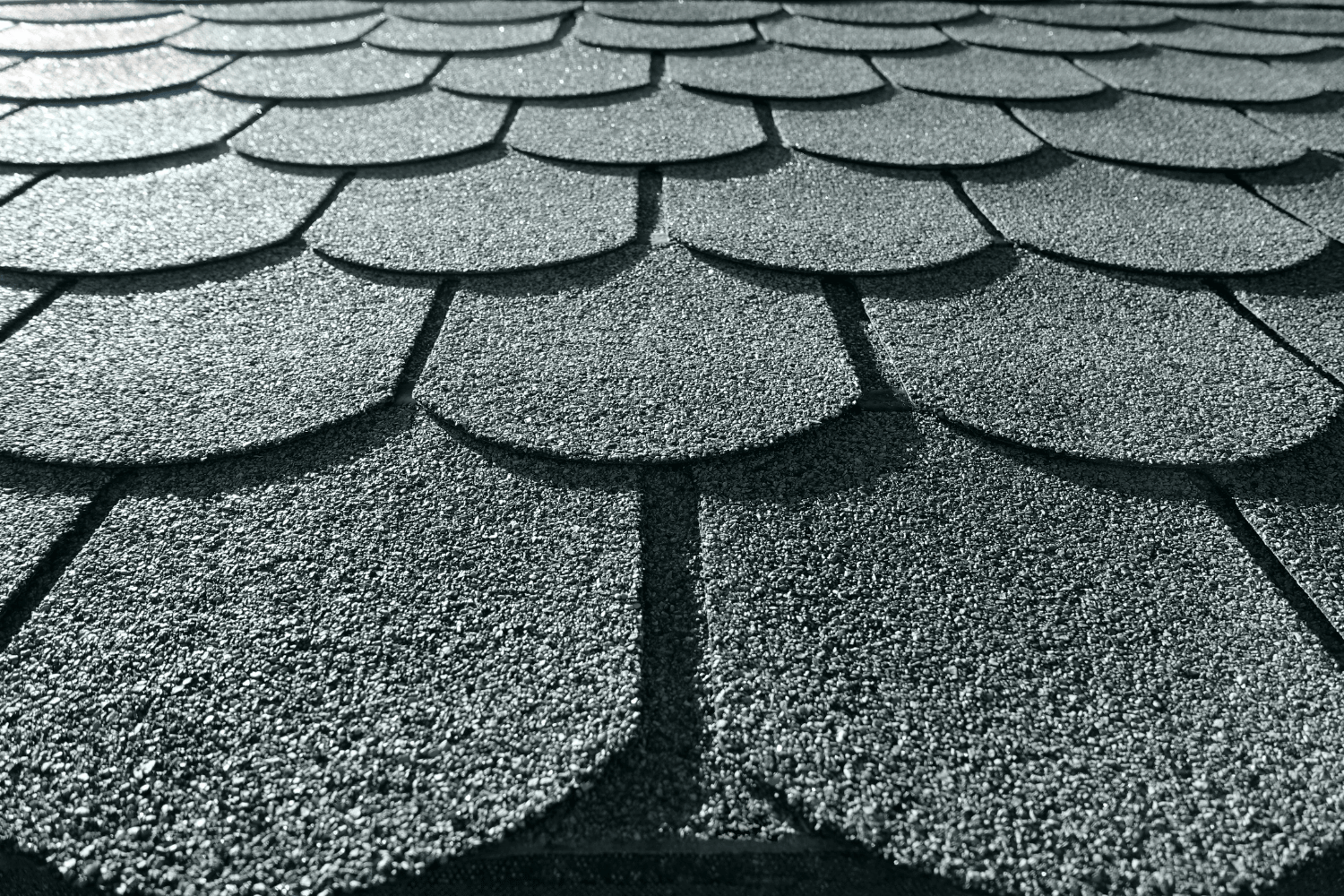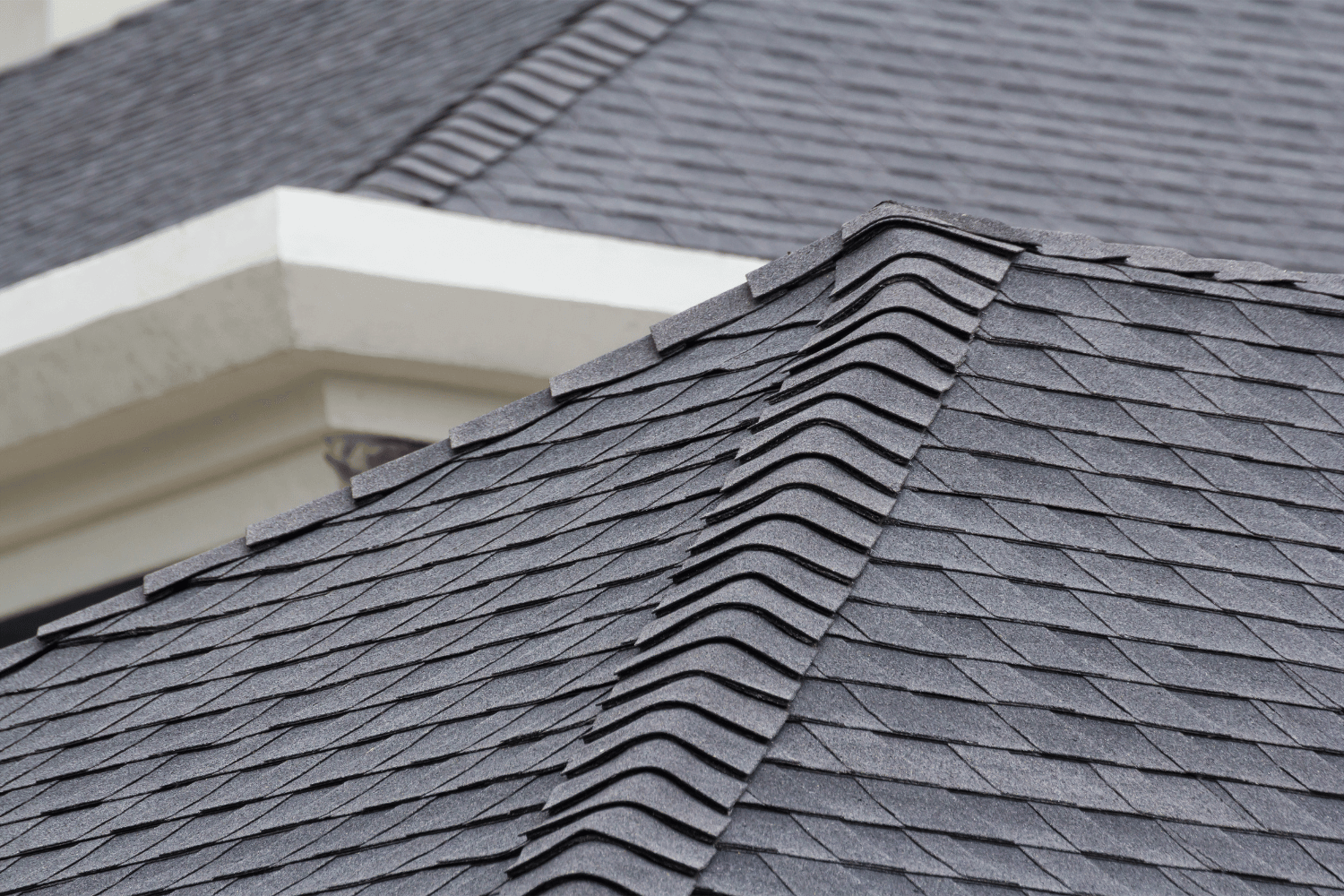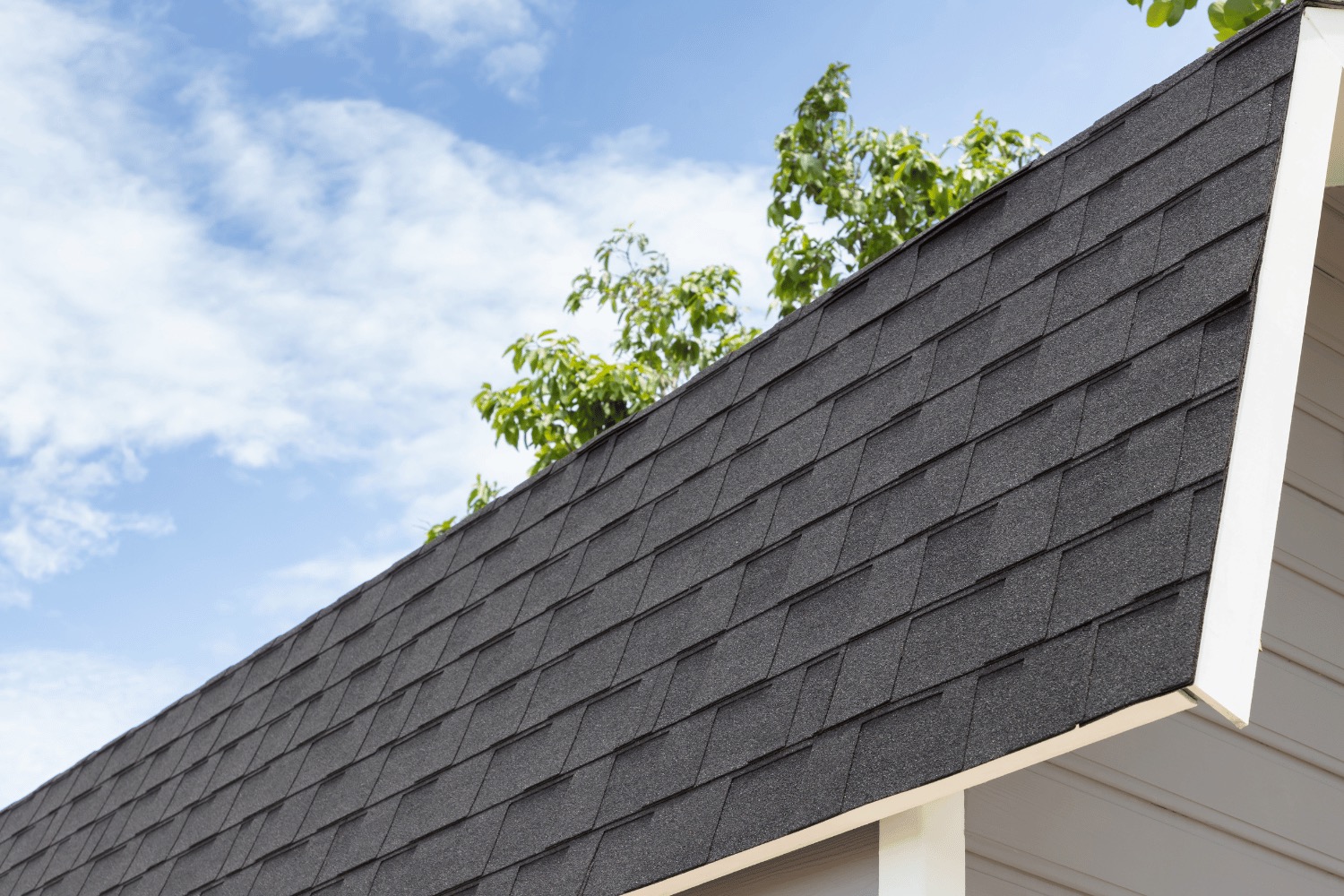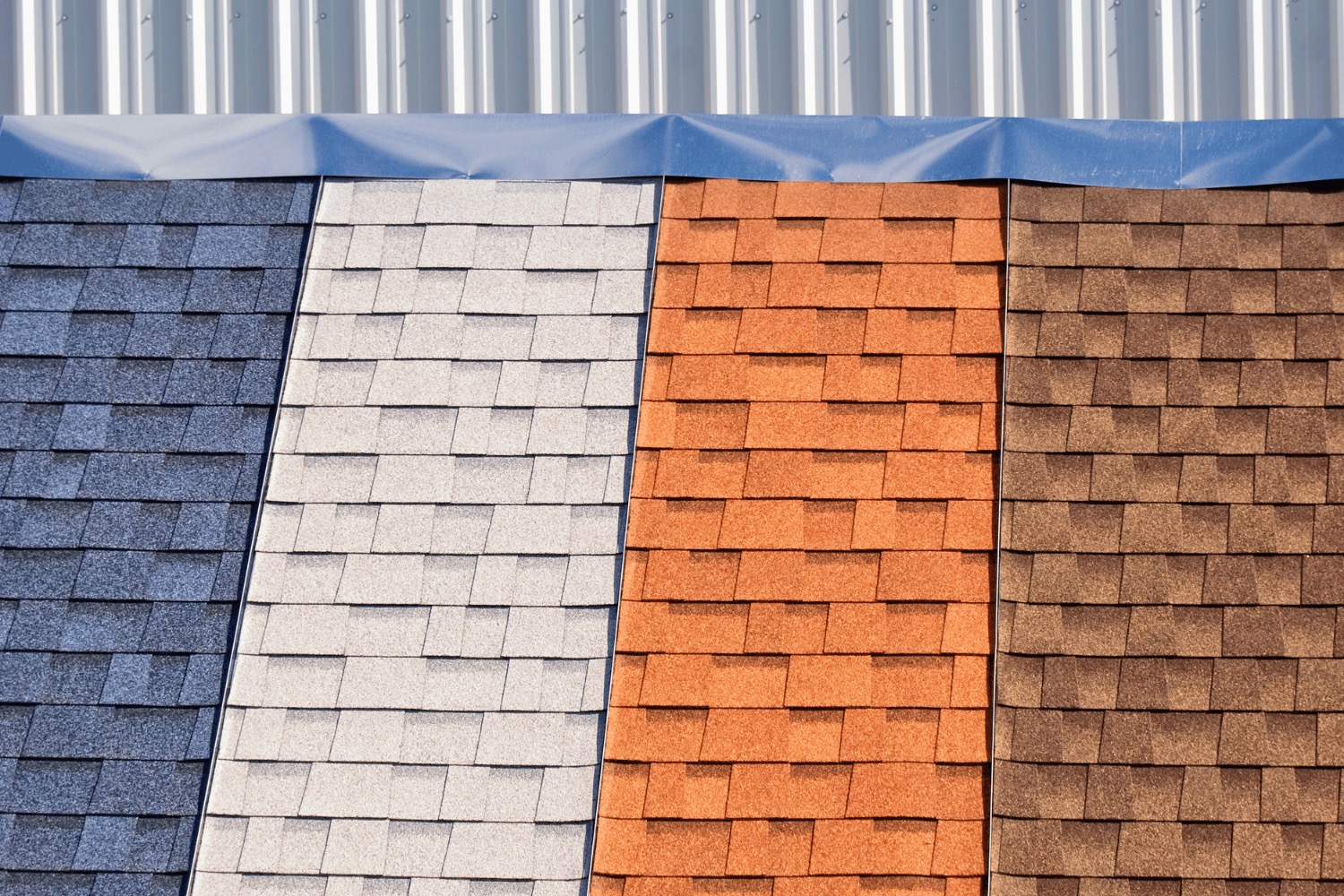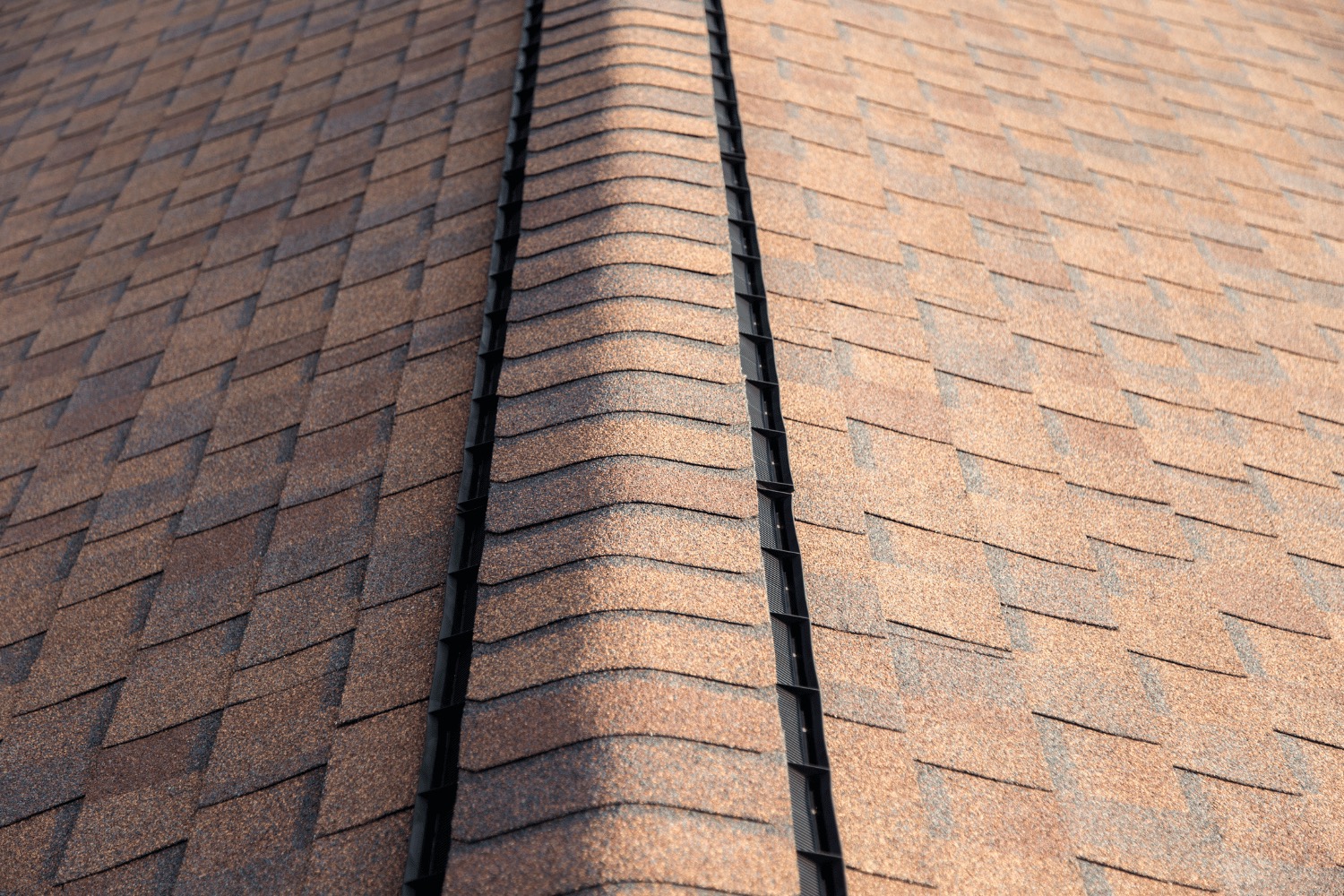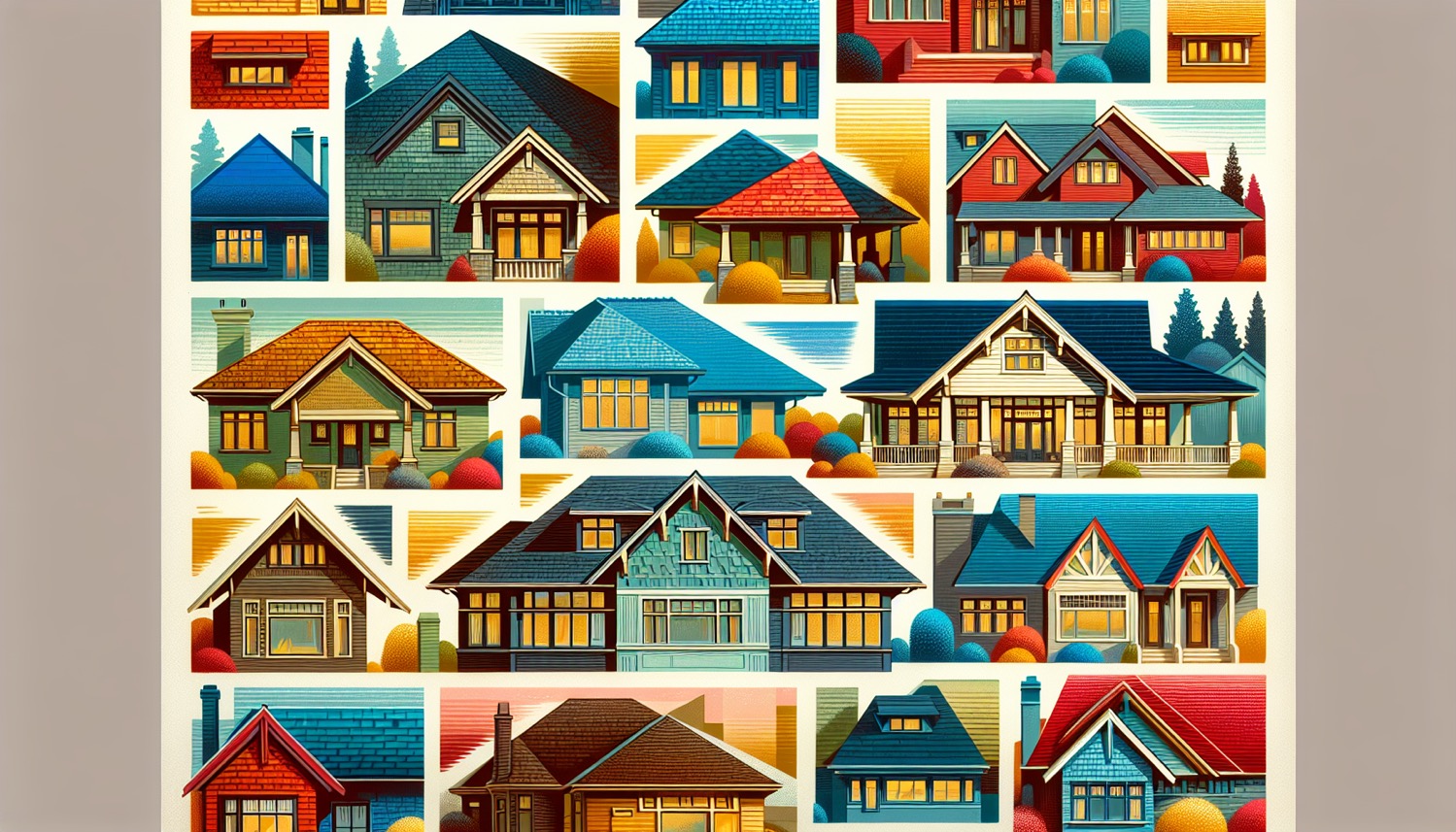Benefits of Choosing Polymer Composite Roofing Shingles in Mid-Missouri
When you’re preparing to replace your shingles, it is important that you know all the options you have so you can make the best decision for your home and your budget. While asphalt shingles are the most common option in Missouri, polymer composite roofing shingles are another option you have for your Mid-Missouri roof. Polymer composite shingles are a type of asphalt shingle designed to mimic the appearance of more expensive roofing options like slate and cedar. They are different than the asphalt shingles we typically install for a number of reasons, like the materials they are made of and their price point.
Introduction to Composite Roofing
Composite roofing is a type of roofing material that combines various elements such as asphalt, fiberglass, and recycled plastics to create a durable and versatile product. These composite shingles are specifically engineered to mimic the appearance of traditional roofing materials like natural slate, cedar shakes, and clay tiles, offering homeowners the aesthetic appeal of these materials without the associated drawbacks. One of the standout benefits of composite roof shingles is their superior durability, which allows them to withstand extreme weather conditions, including high winds and hail damage. This makes composite roofing an excellent choice for homeowners in regions prone to severe weather. Additionally, composite roofing materials are eco-friendly, as they often incorporate recycled plastics, reducing the environmental impact. Overall, composite shingles provide a cost-effective, long-lasting, and environmentally conscious roofing solution for many homeowners.
What are Polymer Composite Roofing Shingles Made of?
Polymer composite roofing shingles are crafted from a blend of synthetic plastics, including a significant portion of recycled materials like recycled plastics and rubbers. This innovative use of recycled materials not only reduces waste but also minimizes the environmental footprint of roofing production. Unlike traditional asphalt shingles, which combine synthetic and natural materials, polymer composite shingles are entirely synthetic, making them a more eco-friendly option. The process involves melting down these recycled materials and reforming them into durable shingles that can last up to 50 years or more. This extended lifespan, combined with their low maintenance requirements, makes polymer composite shingles a cost-effective choice for homeowners looking for a long-term roofing solution. By choosing polymer composite shingles, homeowners can enjoy a durable, eco-friendly roof that stands the test of time.
Comparison to Traditional Roofing Materials
Composite shingles offer numerous advantages over traditional roofing materials such as asphalt shingles, natural slate, and cedar shakes. One of the primary benefits is their enhanced durability and resistance to weathering. Composite shingles are designed to withstand extreme weather conditions, including high winds and hail damage, making them a reliable choice for areas prone to severe weather. Additionally, composite shingles are more eco-friendly than traditional roofing materials, as they are made from recycled materials and can be recycled at the end of their lifespan. This reduces the environmental impact and promotes sustainability. While composite shingles are generally more expensive than traditional asphalt shingles, they offer a longer lifespan and reduced maintenance costs. For instance, composite shingles can last between 30 to 50 years, compared to the 20 to 30-year lifespan of traditional asphalt shingles. This longevity, combined with their eco-friendly benefits, makes composite shingles a smart investment for homeowners seeking a durable and sustainable roofing solution.
Eco Friendly Benefits
Composite shingles are an eco-friendly option for homeowners looking to minimize their environmental impact. These shingles are made from recycled materials, which helps reduce waste and the environmental footprint of roofing production. At the end of their lifespan, composite shingles can be recycled, further reducing the amount of waste sent to landfills. Additionally, composite shingles offer a longer lifespan compared to traditional roofing materials, meaning they need to be replaced less frequently. This reduces the demand for new materials and minimizes waste. Some composite shingles are also designed with advanced materials that reflect solar heat, enhancing energy efficiency and reducing energy consumption. By choosing composite shingles, homeowners can enjoy a durable, long-lasting roof while contributing to environmental sustainability.
How do Polymer Composite Shingles Handle Mid-Missouri Weather?
Polymer composite shingles are specifically designed to handle the extreme weather conditions often experienced in Mid-Missouri. These shingles are made from durable materials that can withstand high winds, hail damage, and heavy rainfall. Unlike traditional roofing materials, polymer composite shingles are resistant to algae growth and moss, which can cause significant damage over time. Additionally, these shingles are engineered to be weather-resistant, ensuring a secure and weather-tight seal when installed correctly. This makes them an ideal choice for homeowners in Mid-Missouri who need a reliable, low-maintenance roofing solution. For example, polymer composite shingles can withstand winds of up to 110 mph and hail damage of up to 2 inches in diameter, providing peace of mind during severe weather events. By choosing polymer composite shingles, homeowners can ensure their roof remains intact and functional, even in the face of Mid-Missouri’s challenging weather conditions.
What are Polymer Composite Roofing Shingles Made of?
Polymer composite shingles are crafted from engineered materials, including synthetic plastics and recycled materials, unlike asphalt shingles which use a combination of synthetic and natural materials or metal, wood, and clay which use just natural materials. You may initially think that fully synthetic plastic shingles would be very environmentally un-friendly, but polymer composite roofing shingles are actually made from a majority of recycled plastics. Scraps of rubbers and other synthetic materials are melted down and reformed into shingles, which makes them more eco-friendly to produce than other shingle types.
How do Polymer Composite Shingles Handle Mid-Missouri Weather?
Because polymer composite shingles are made of plastics rather than natural materials they wear much differently in Missouri weather. Polymer composite shingles also offer excellent fire resistance, providing an added layer of safety for homeowners. High winds do pose about the same risk to polymer composite shingles as they do to asphalt shingles. But when it comes to withstanding hail and rain, these shingles may have a better chance. The plastic material is usually thicker than asphalt shingles and can absorb some impact from hail which makes them more resistant to denting, however cracking and denting can still be a big risk in Missouri where dense, high-speed hail is common. In regard to rain, polymer composite shingles are great for wicking away water and directing it to gutters and don’t have problems with granules washing away and clogging gutters like asphalt shingles do.
What’s the Lifespan of Polymer Composite Shingles?
Because they are more weather resistant than other shingle options, polymer composite shingles are marketed as lifetime shingles that will last forever on your home, but this is only true in more temperate climates. The Midwest weather is so harsh that the shingles will only last a few years longer than other shingle options. The average lifespan of polymer composite shingles is around 30 years, which is significantly longer than traditional asphalt shingles that last about 20 years. Aesthetically, polymer composite shingles don’t last a lifetime either; the plastic materials they are made of are vulnerable to fading as they endure different weather conditions and lots of direct sunlight.
Warranties on polymer composite shingles can vary greatly from 30-50 years, which is significantly longer than warranties on most asphalt shingles. However, these warranties come with a lot of fine print and don’t necessarily cover the full cost of replacement.
How Much do Polymer Shingles Cost?
Polymer shingles can be up to five times more expensive per square foot than high-quality asphalt shingles. An average estimate for the materials and installation of an asphalt shingle roof is $7,000 while the estimate for a polymer composite shingle roof is $25,000. While polymer composite shingles will last a few years longer than asphalt shingles, in the Midwest the time they will last is not long enough to even out the price difference and they typically don’t add value to your home if you were to sell.
Some home insurance plans may give homeowners with polymer composite shingles a price break on their premiums because they are less likely to be damaged in weather, but these are not a guarantee.
Are You Considering Polymer Composite Shingles for Your Home?
If you are considering Polymer Composite Shingles or any other roofing updates for your home reach out to CoMo Premium Exteriors to learn more and get a free roof inspection. Consulting a qualified roofing contractor is crucial for ensuring proper installation and maximizing the lifespan of polymer composite shingles. Our roofing experts can answer any questions about your roof, materials, and insurance claims and will walk you through every step of the roof repair or replacement process.

